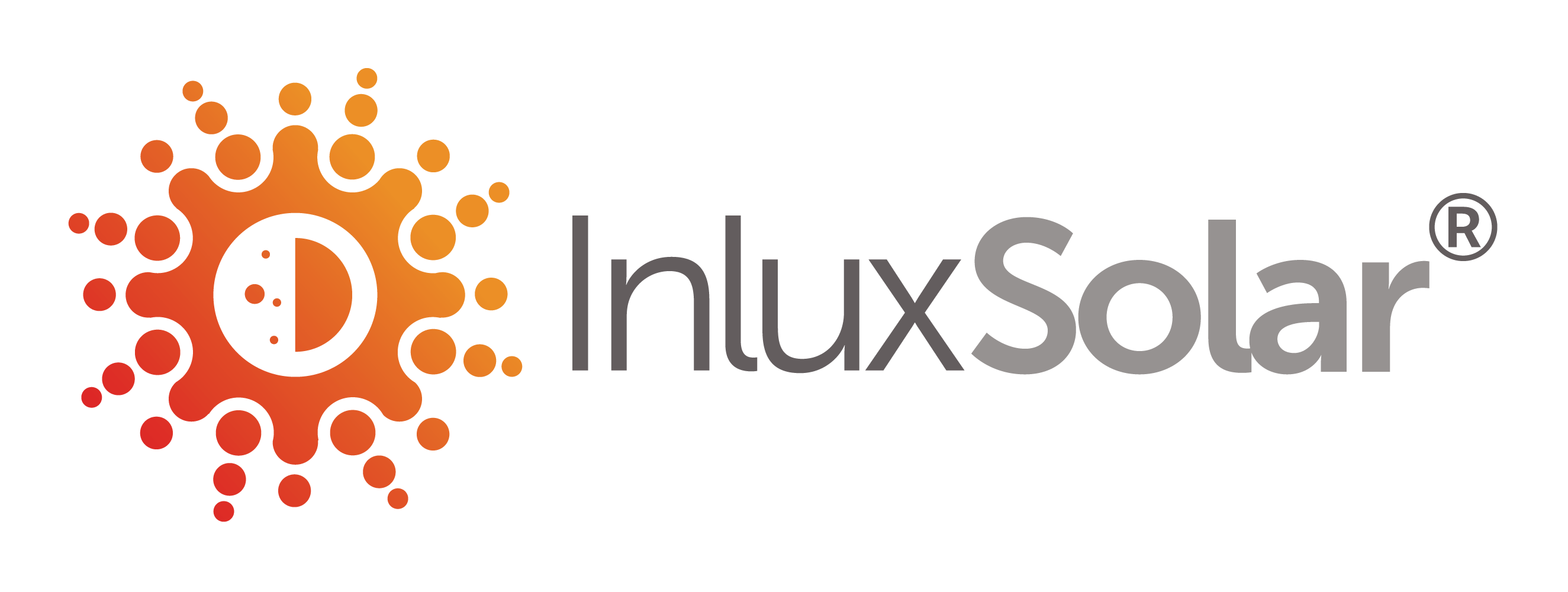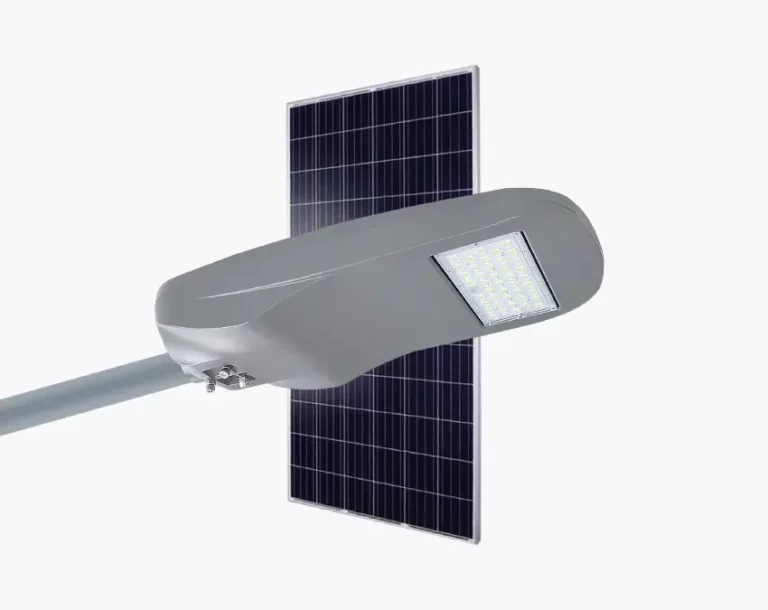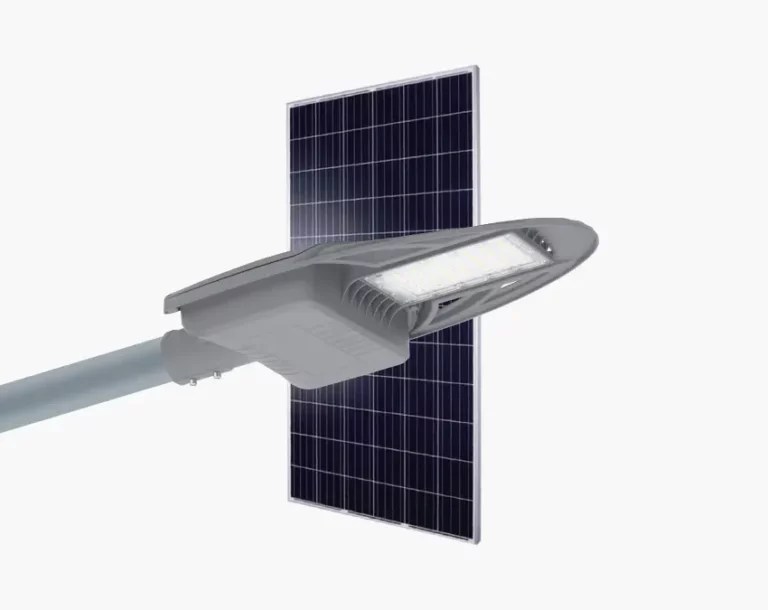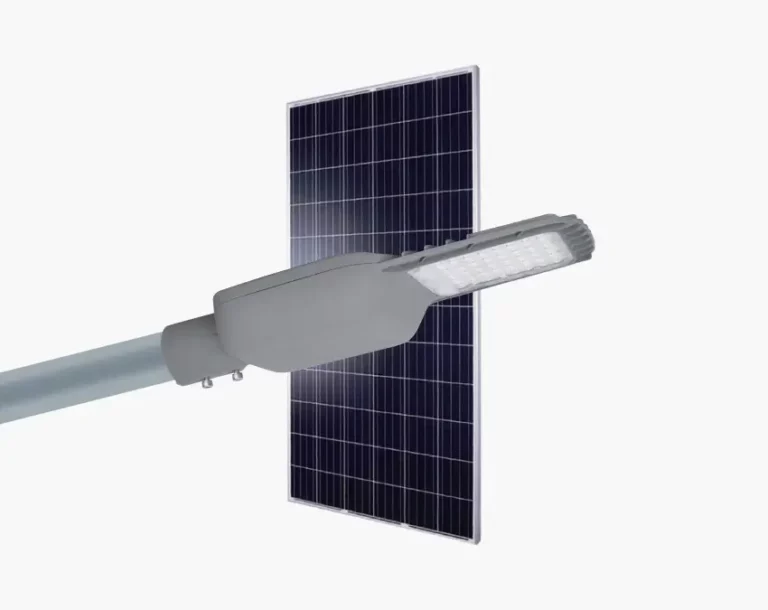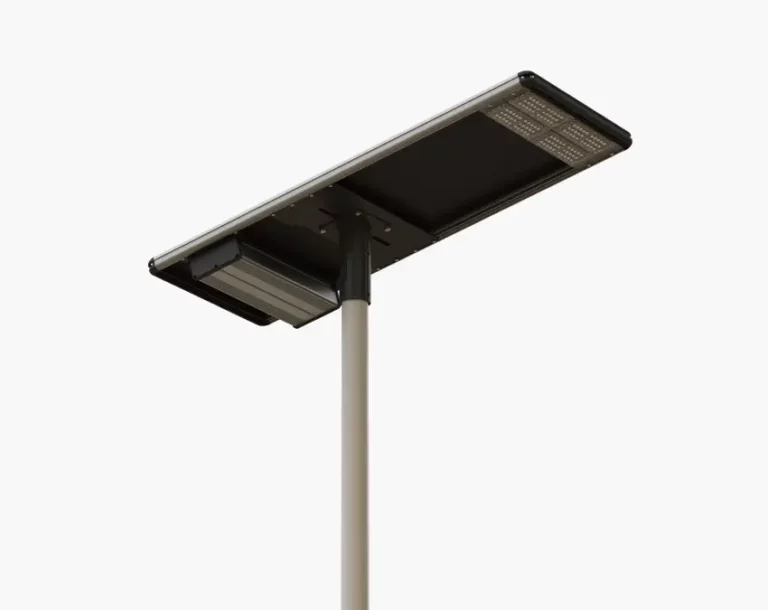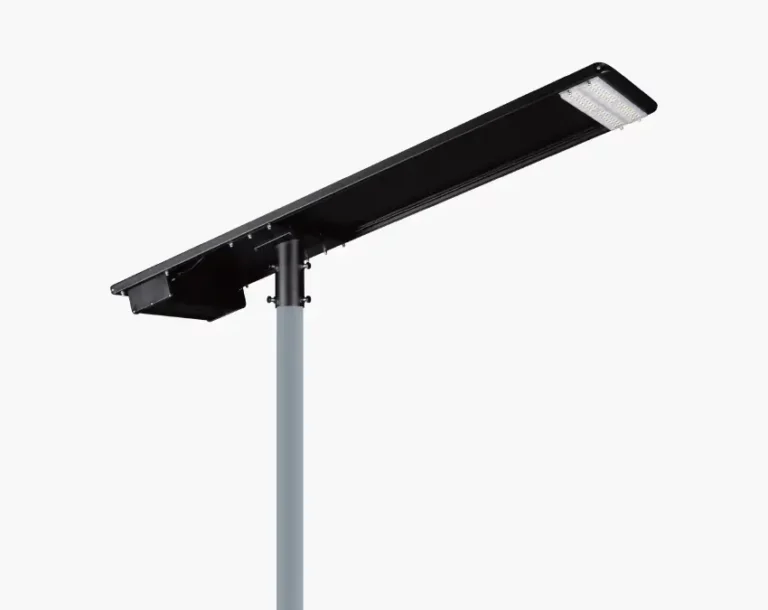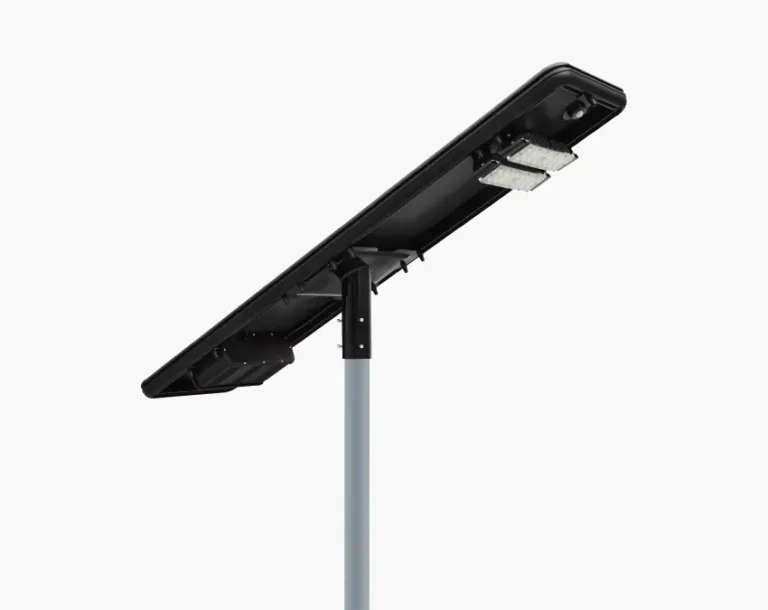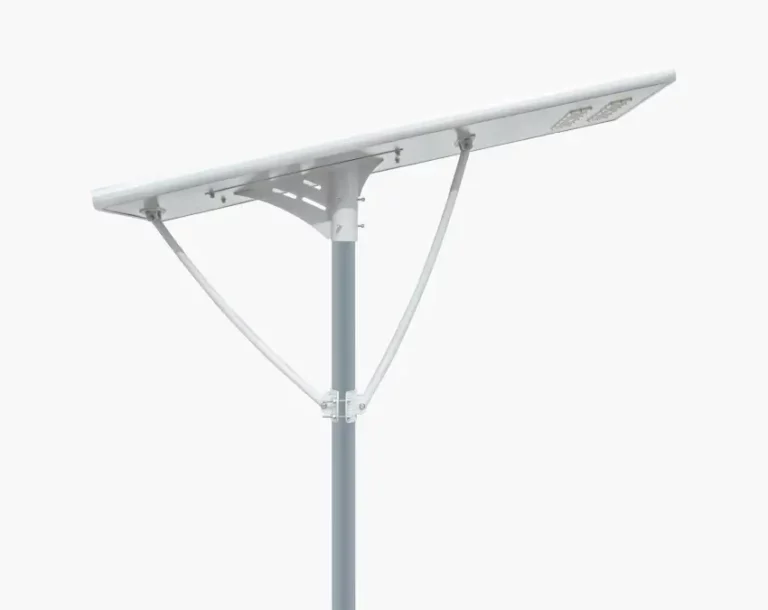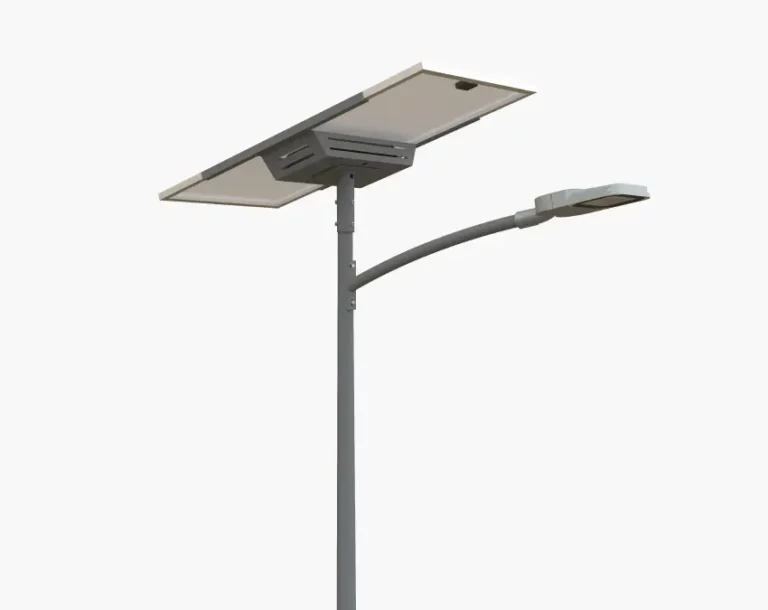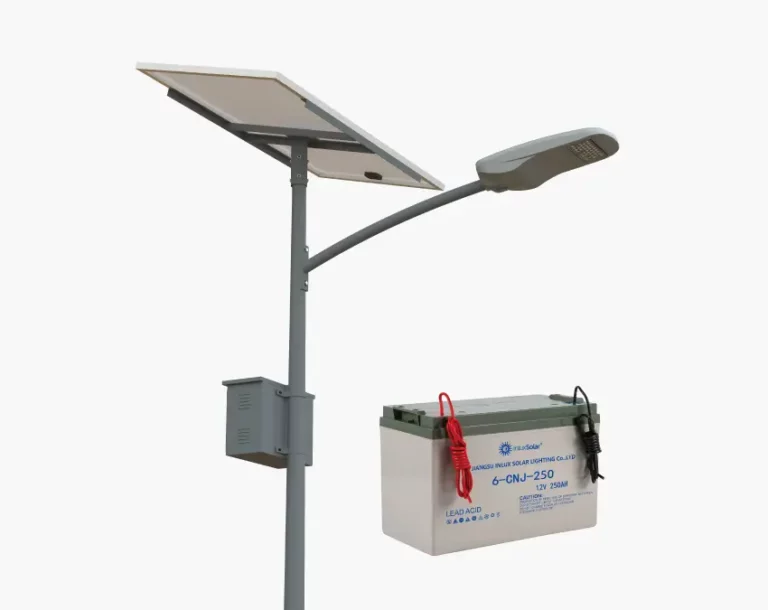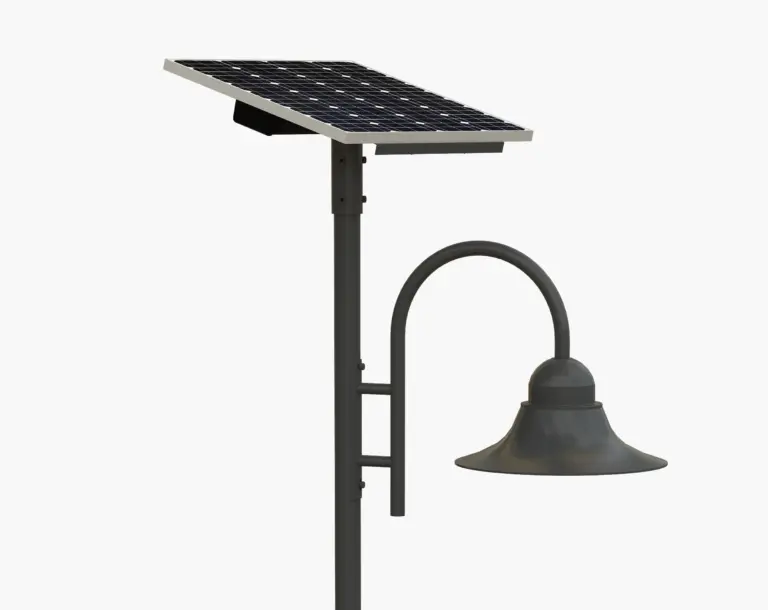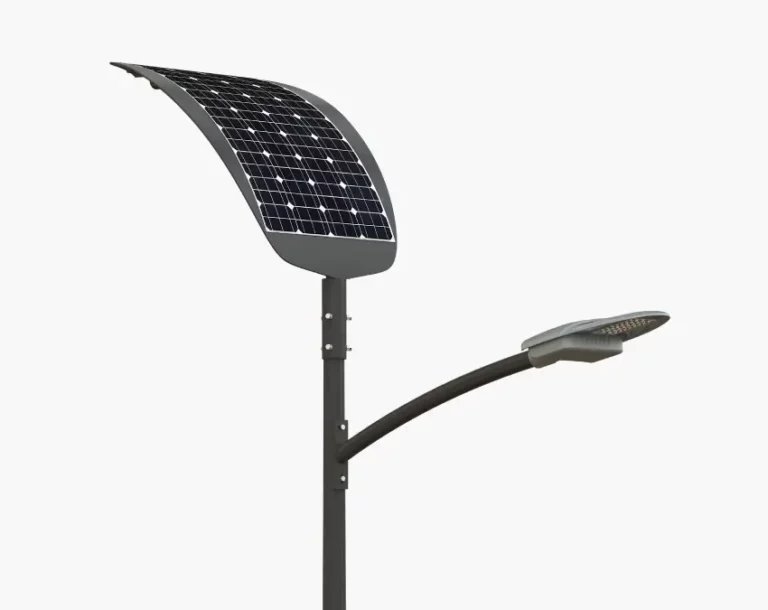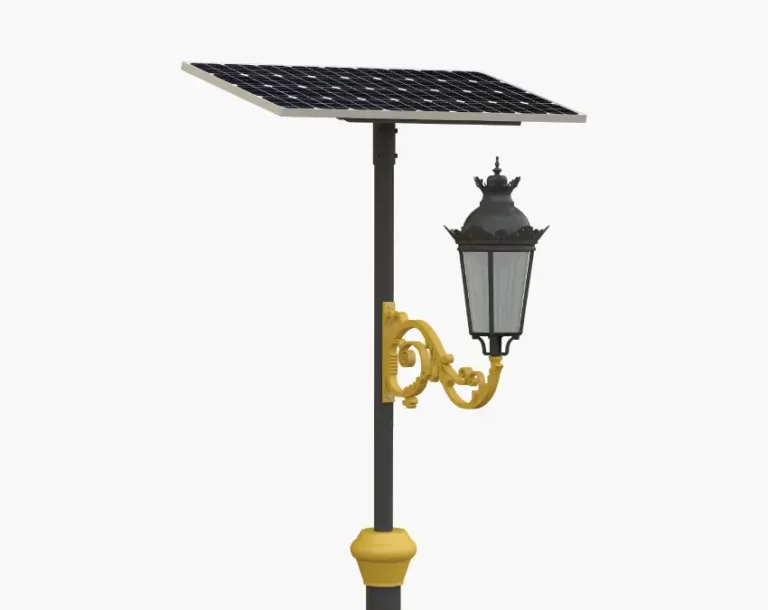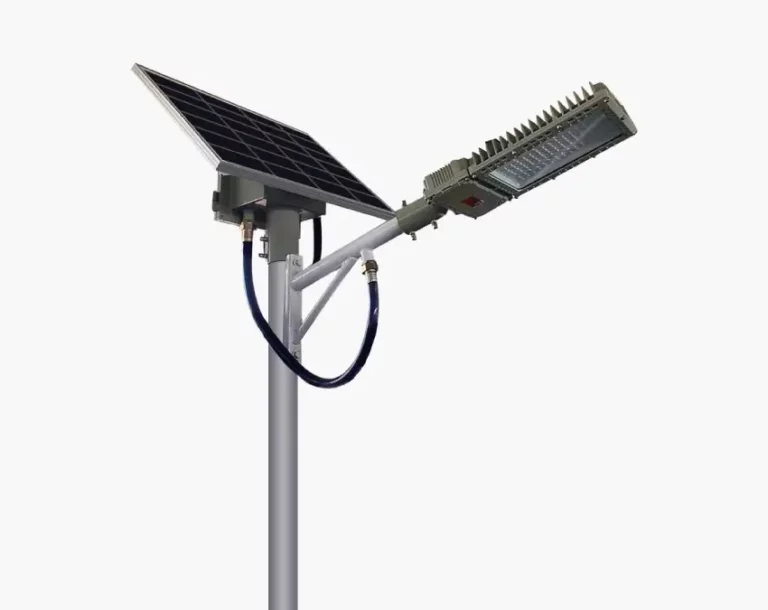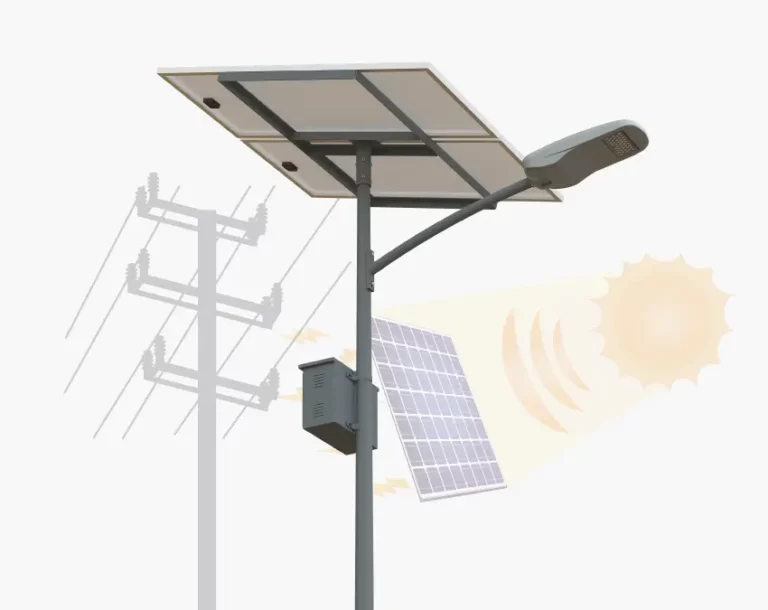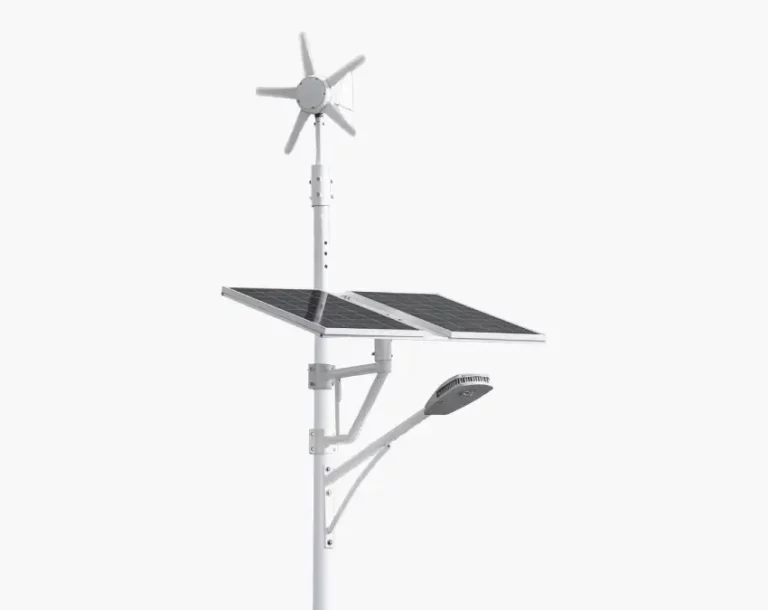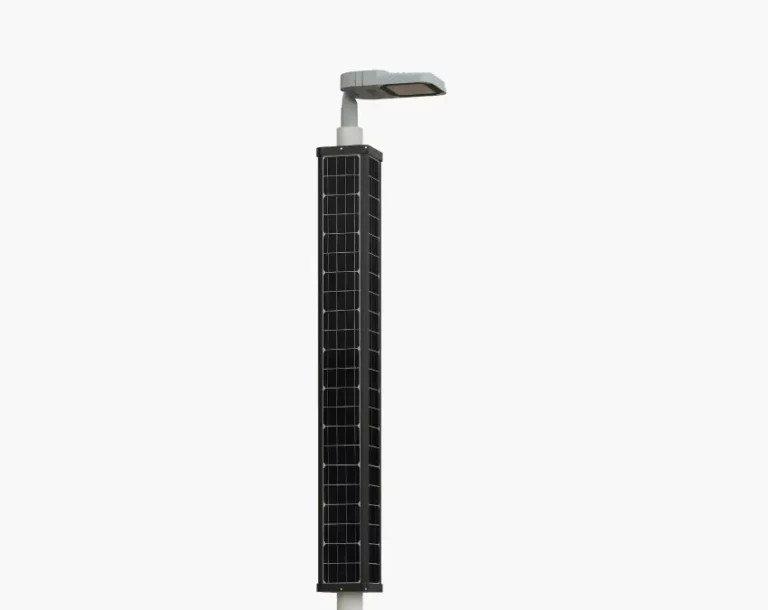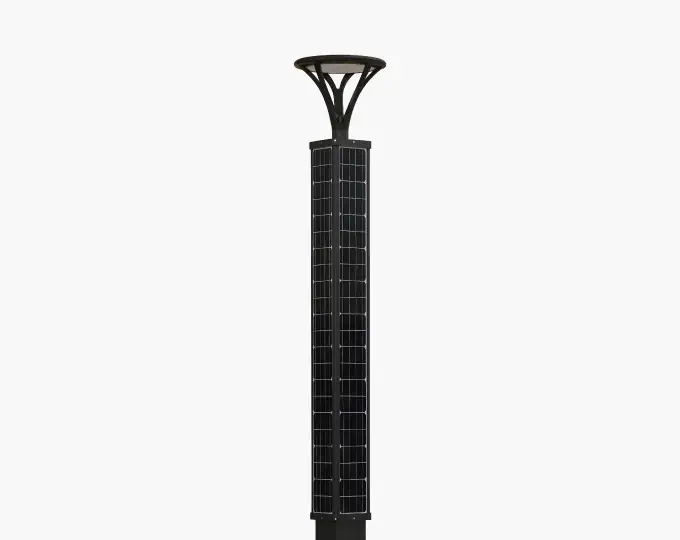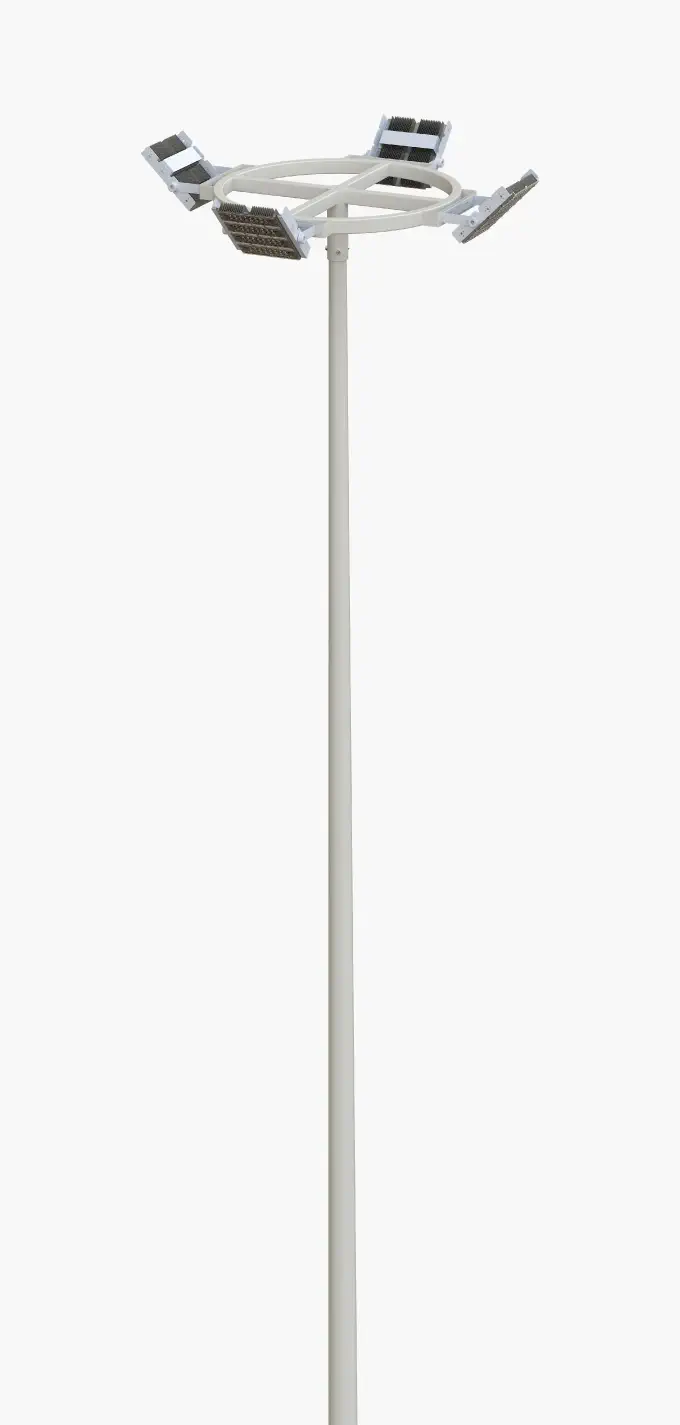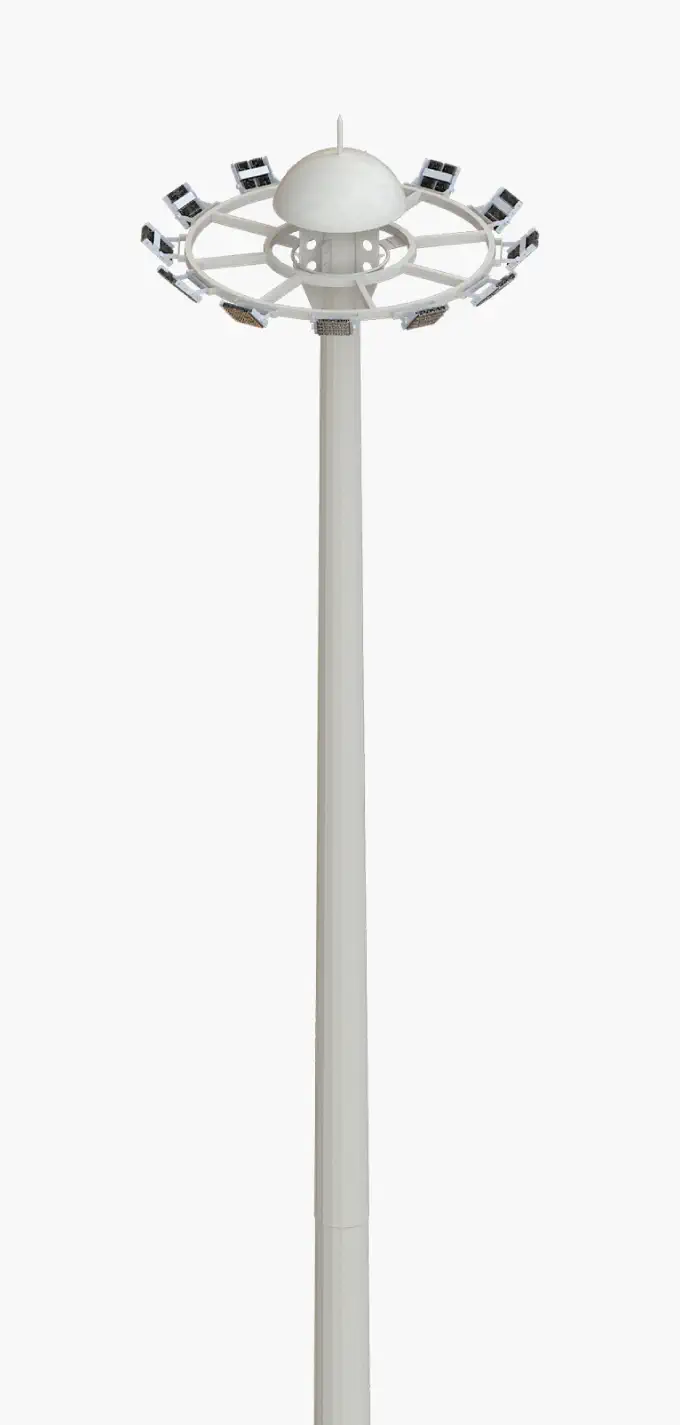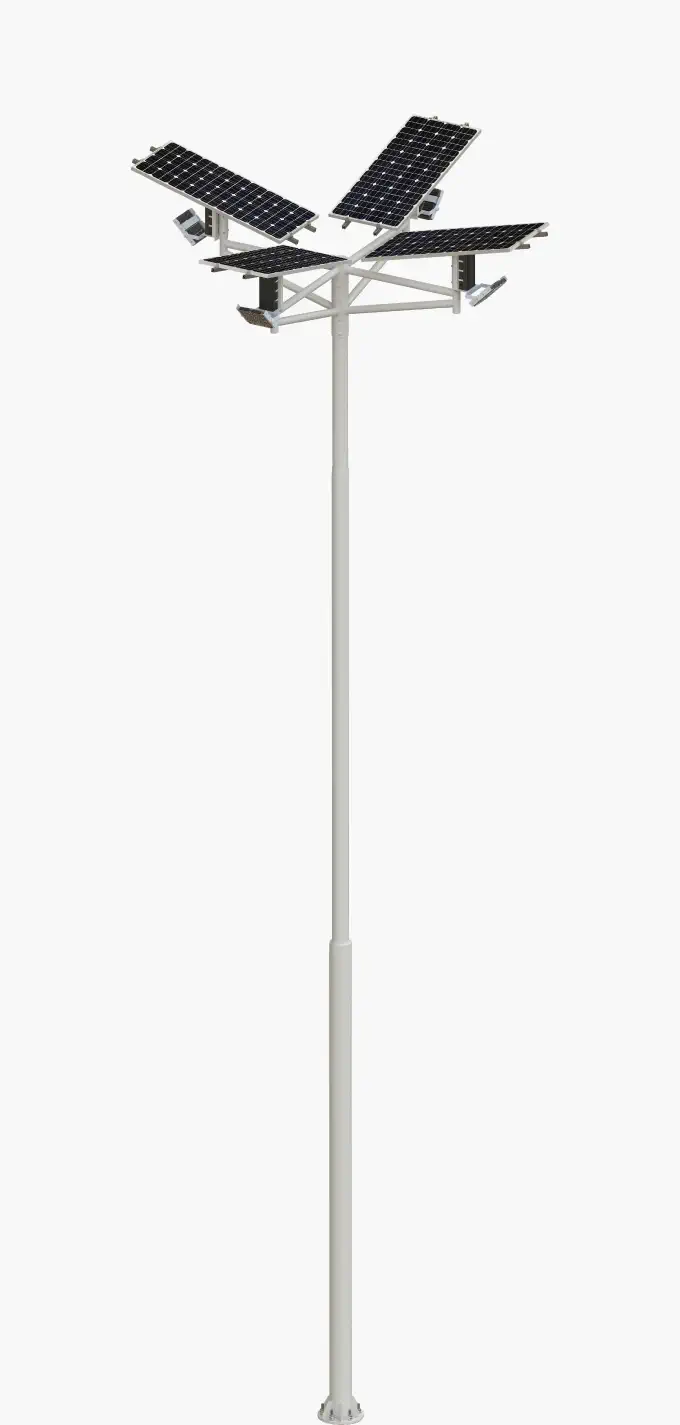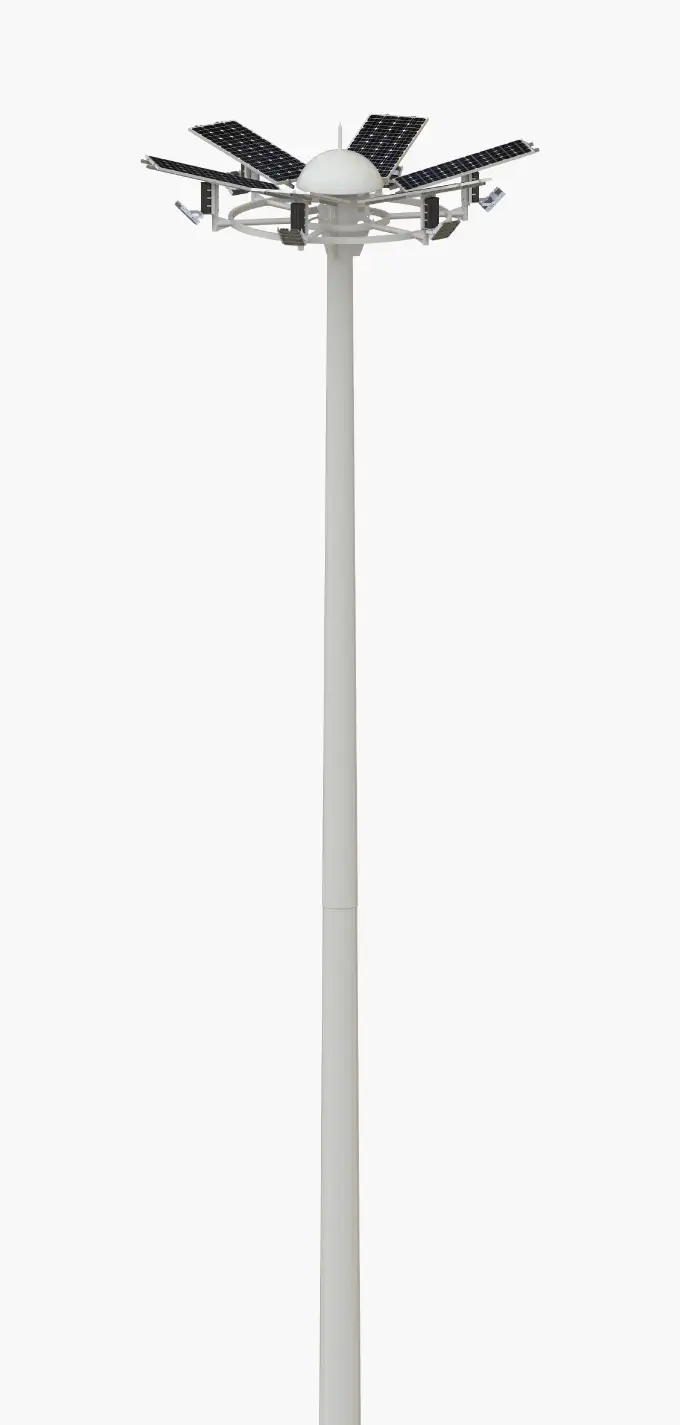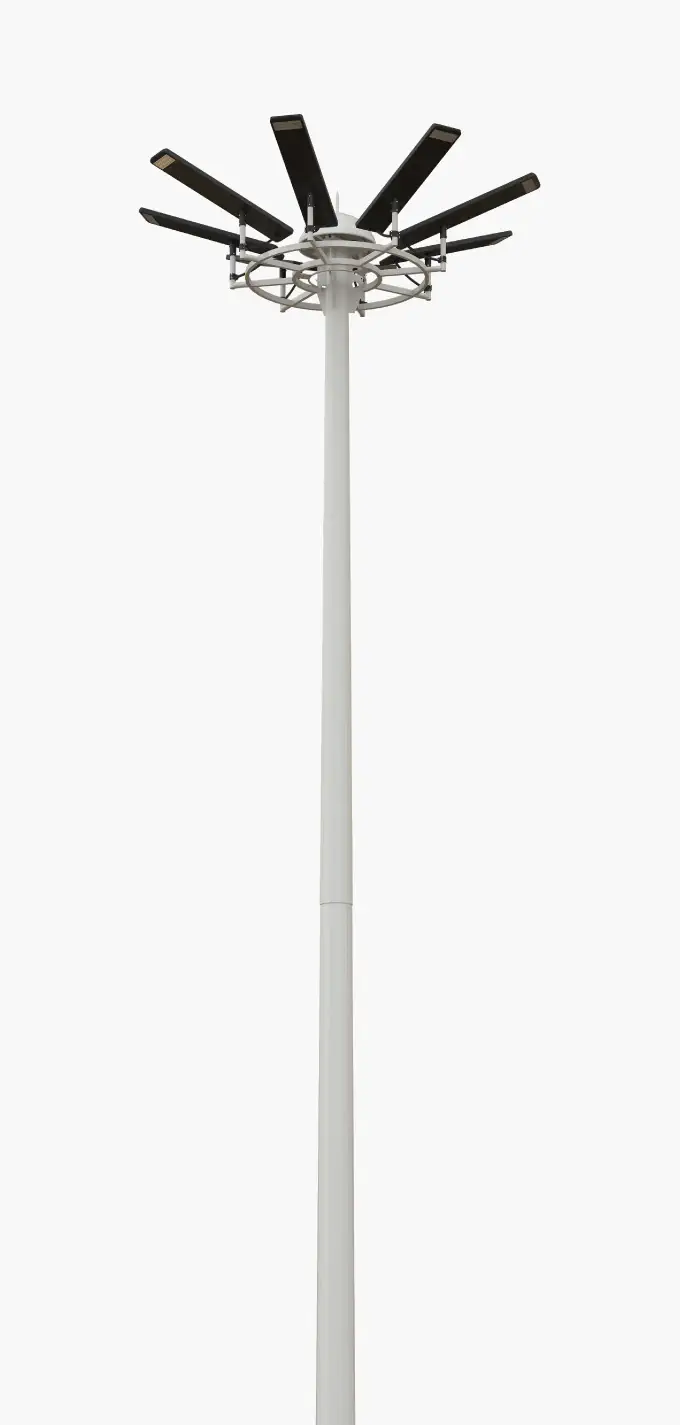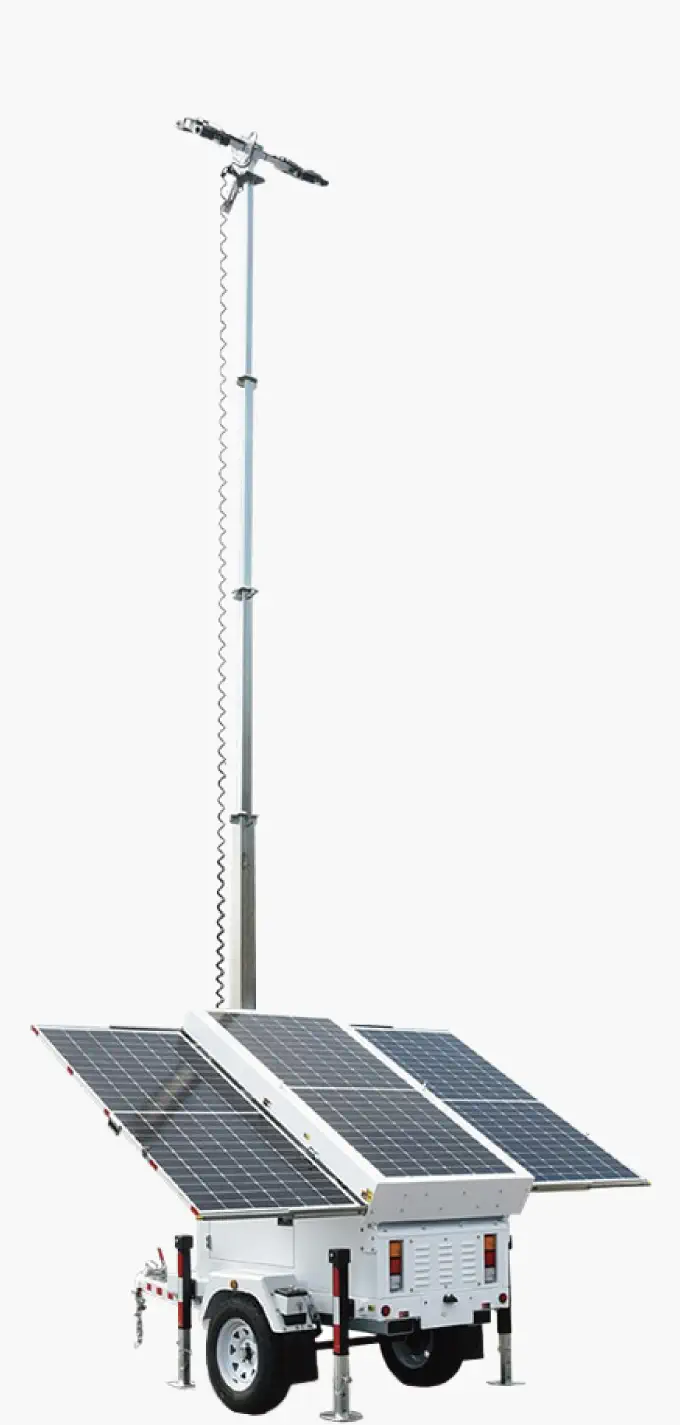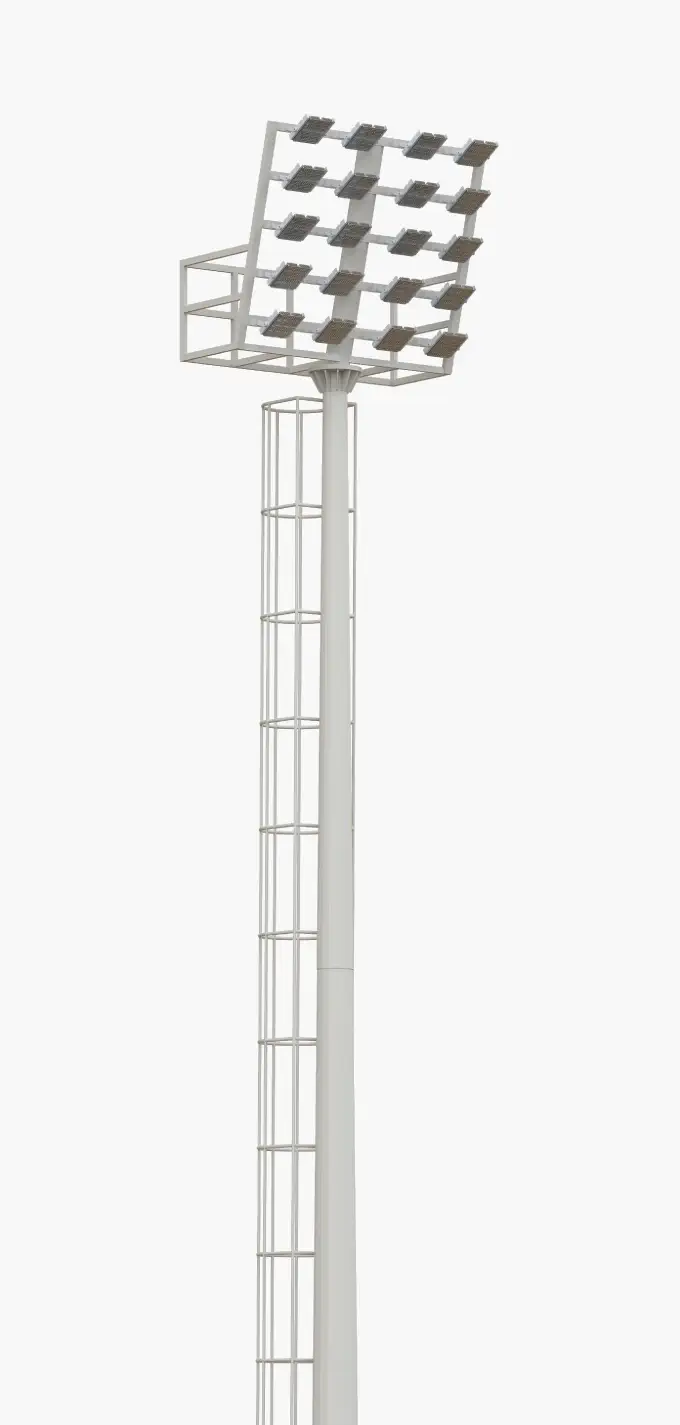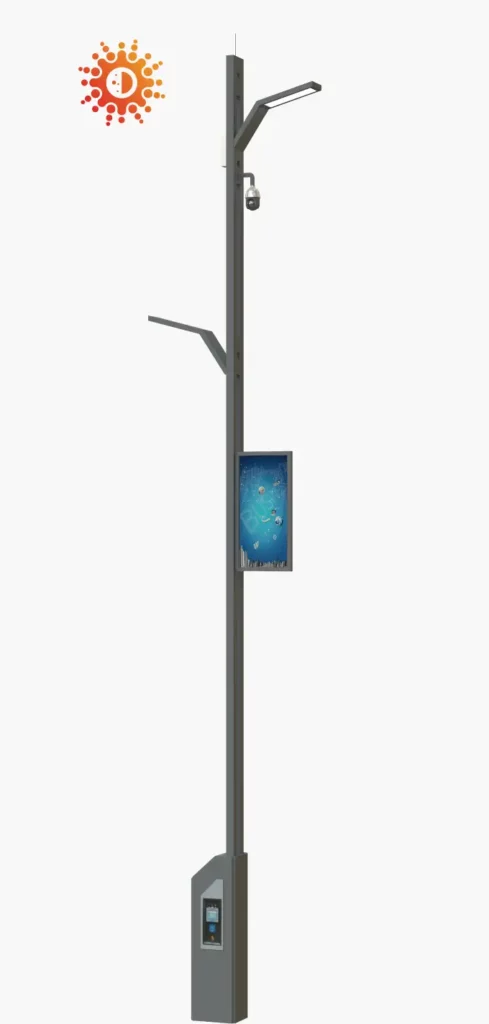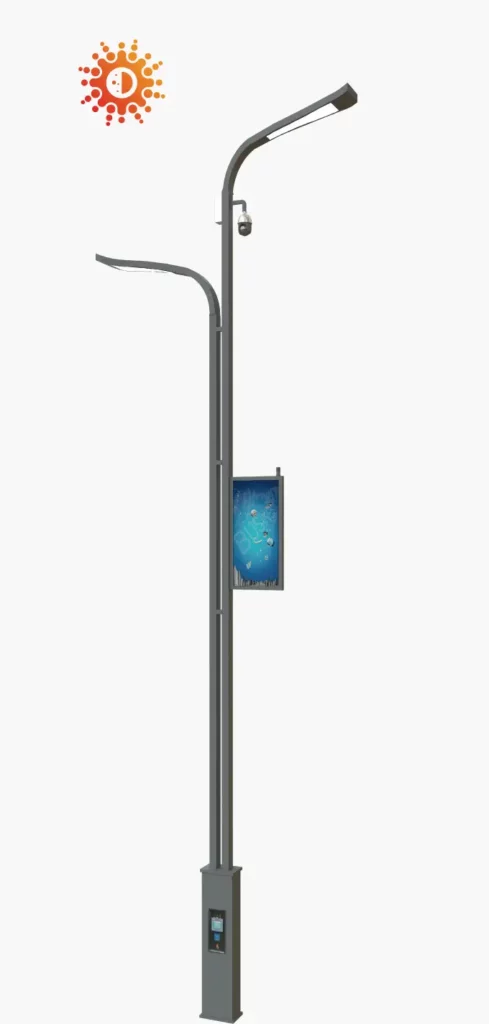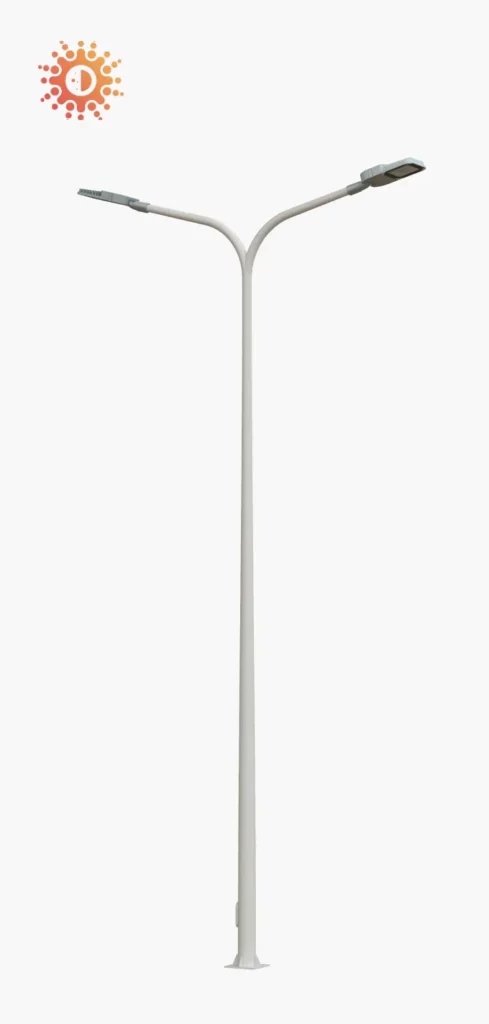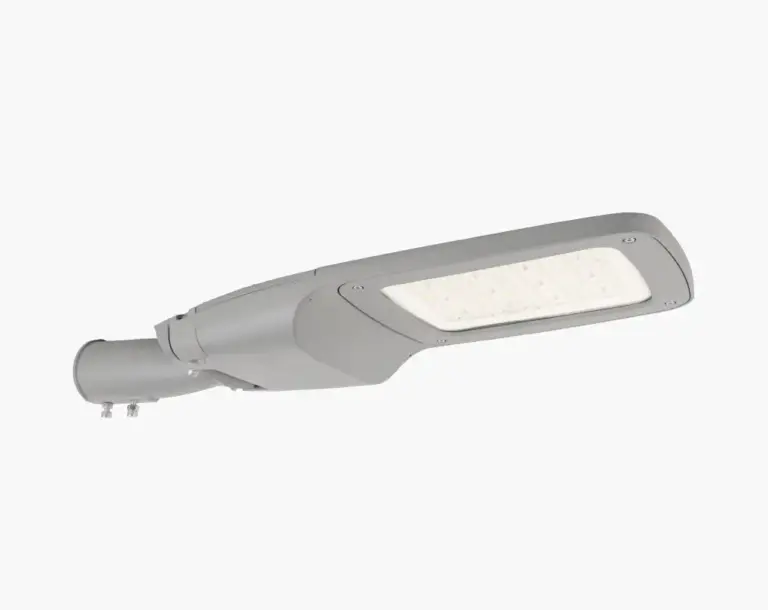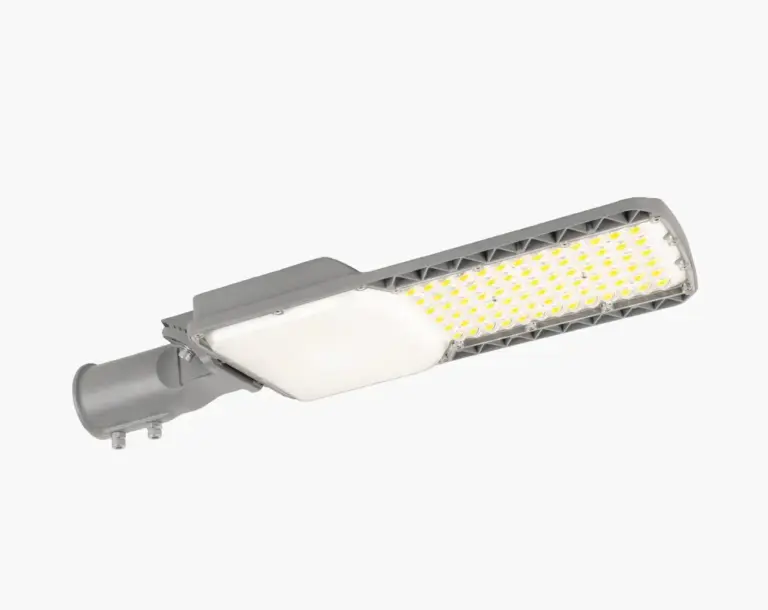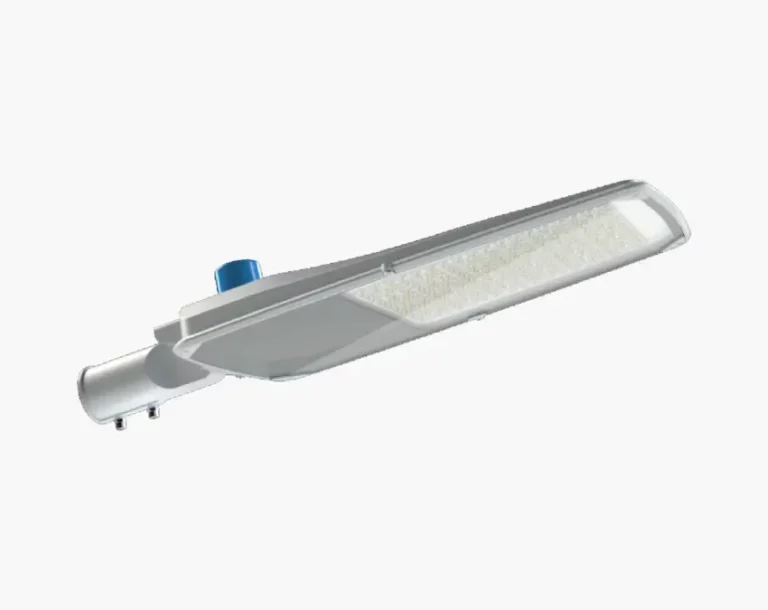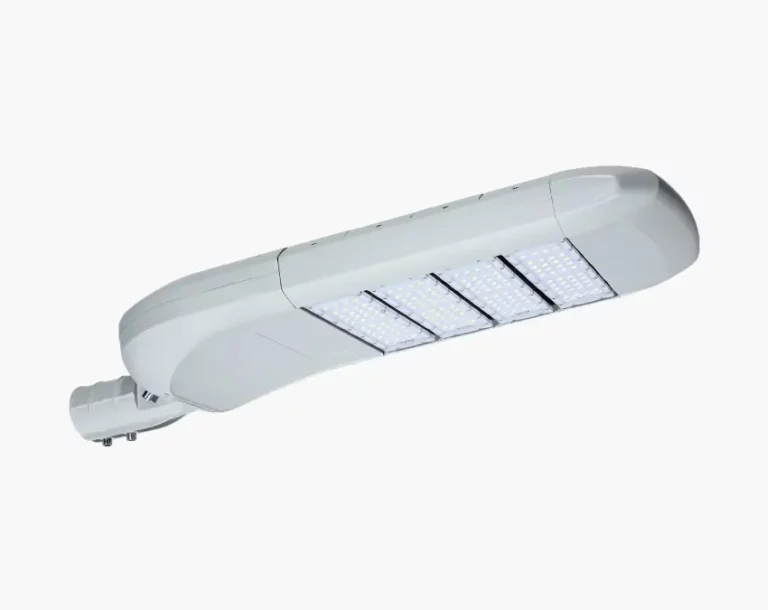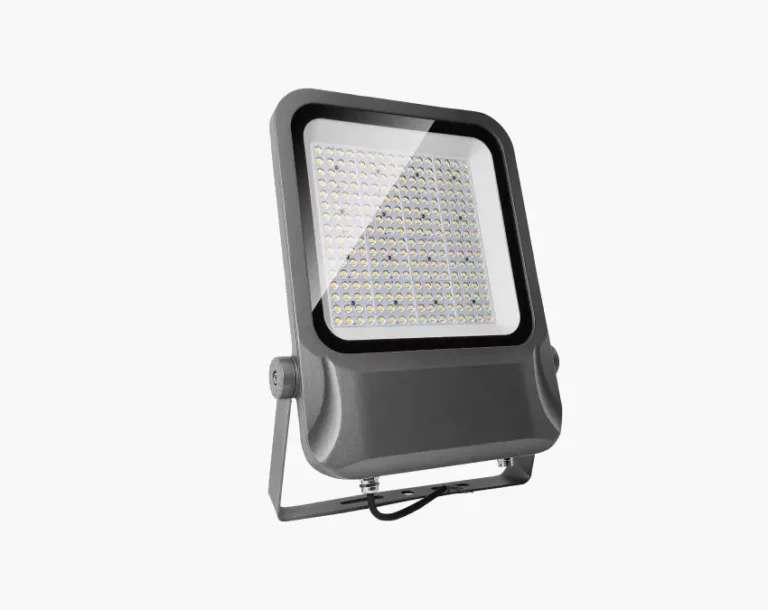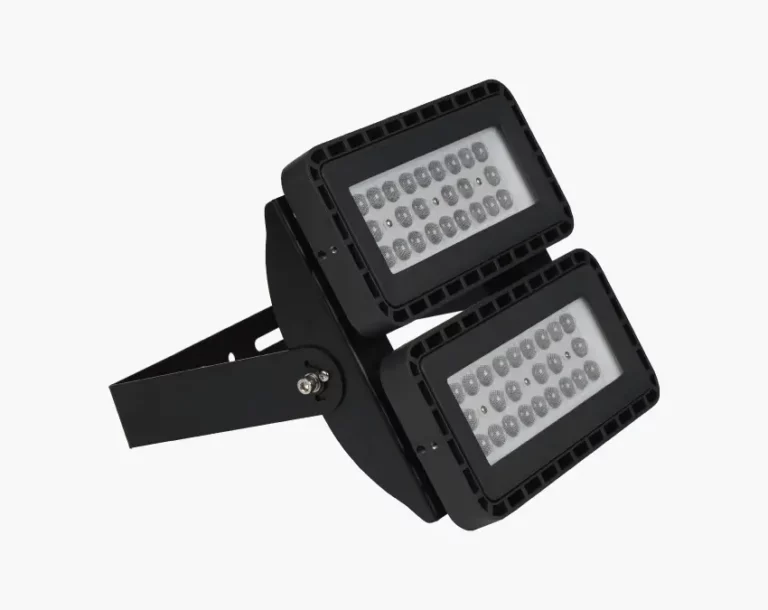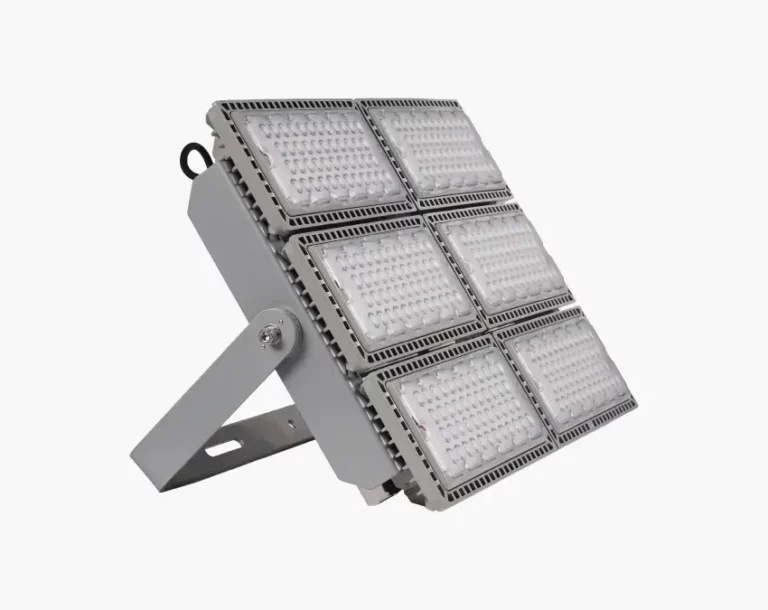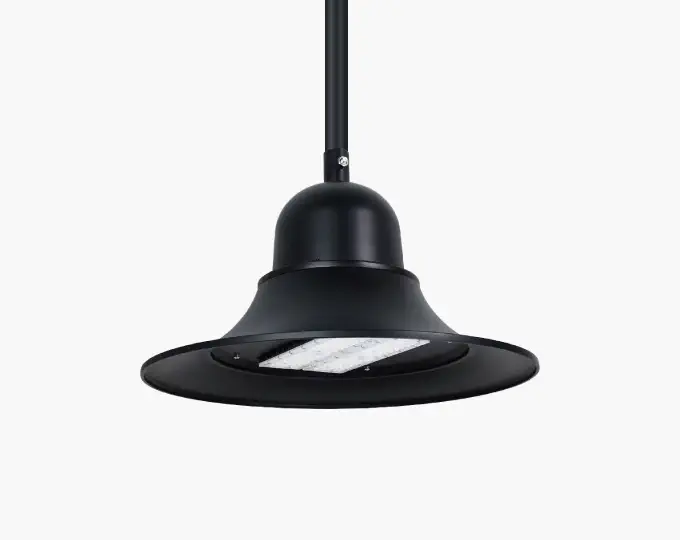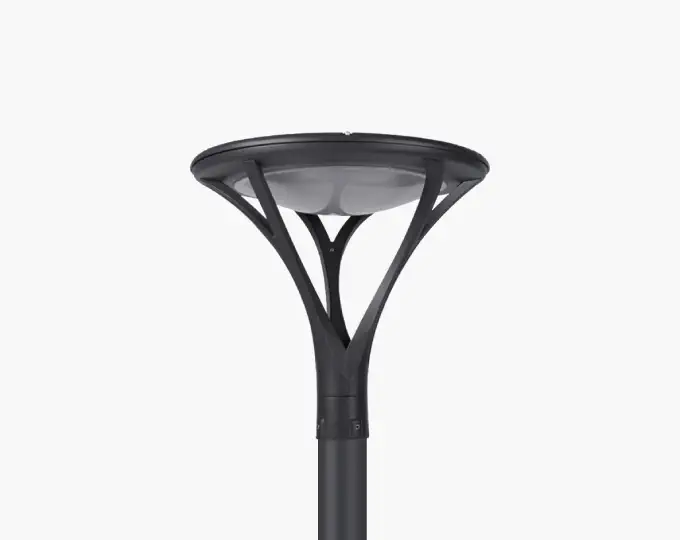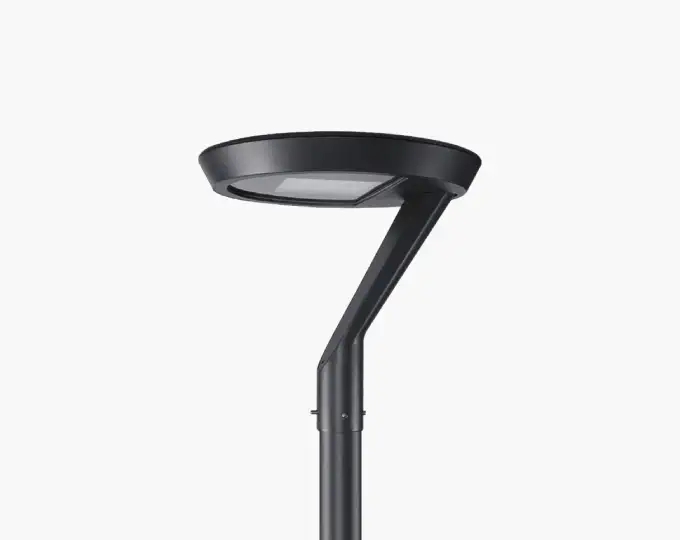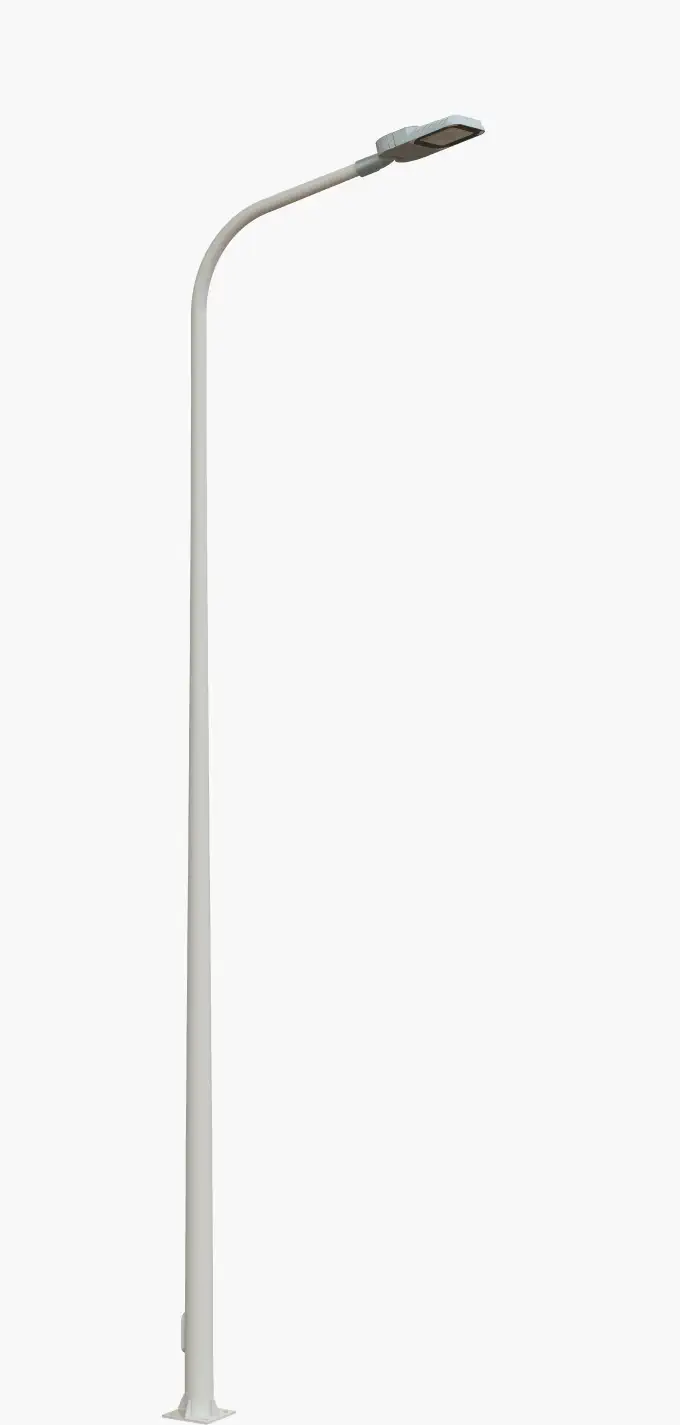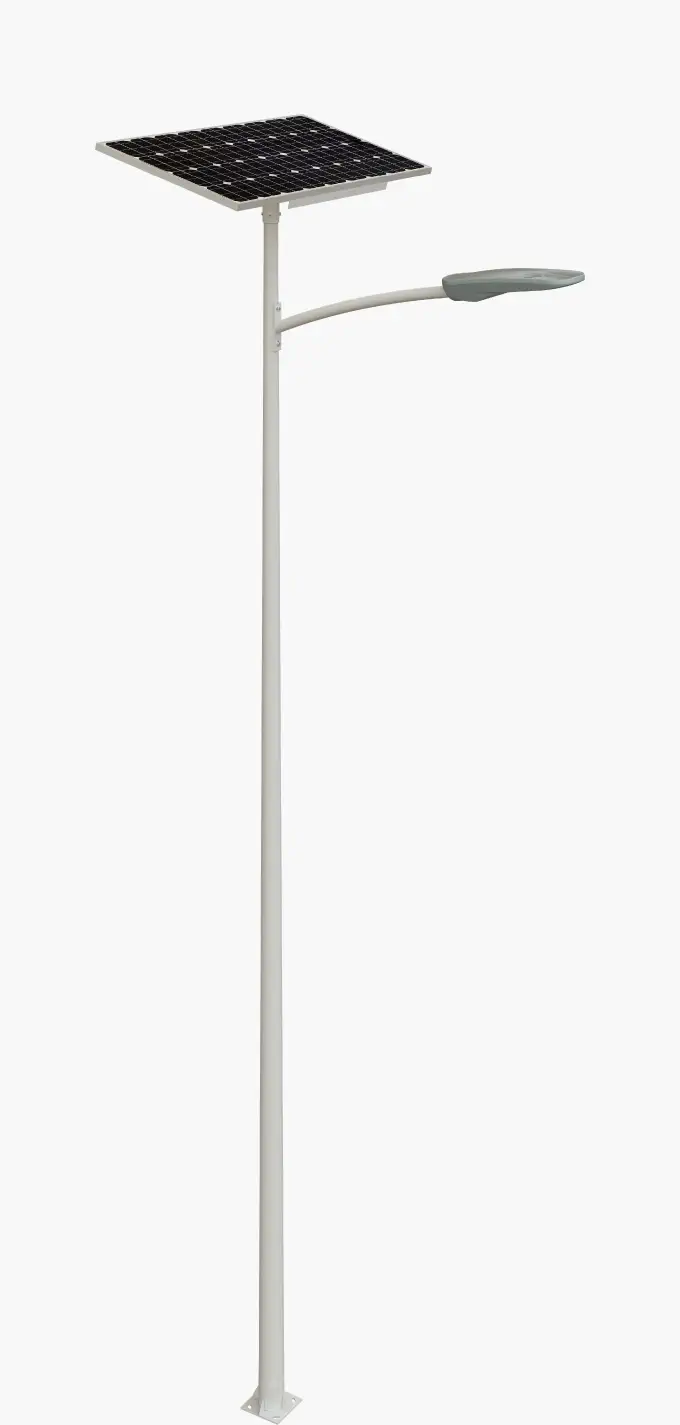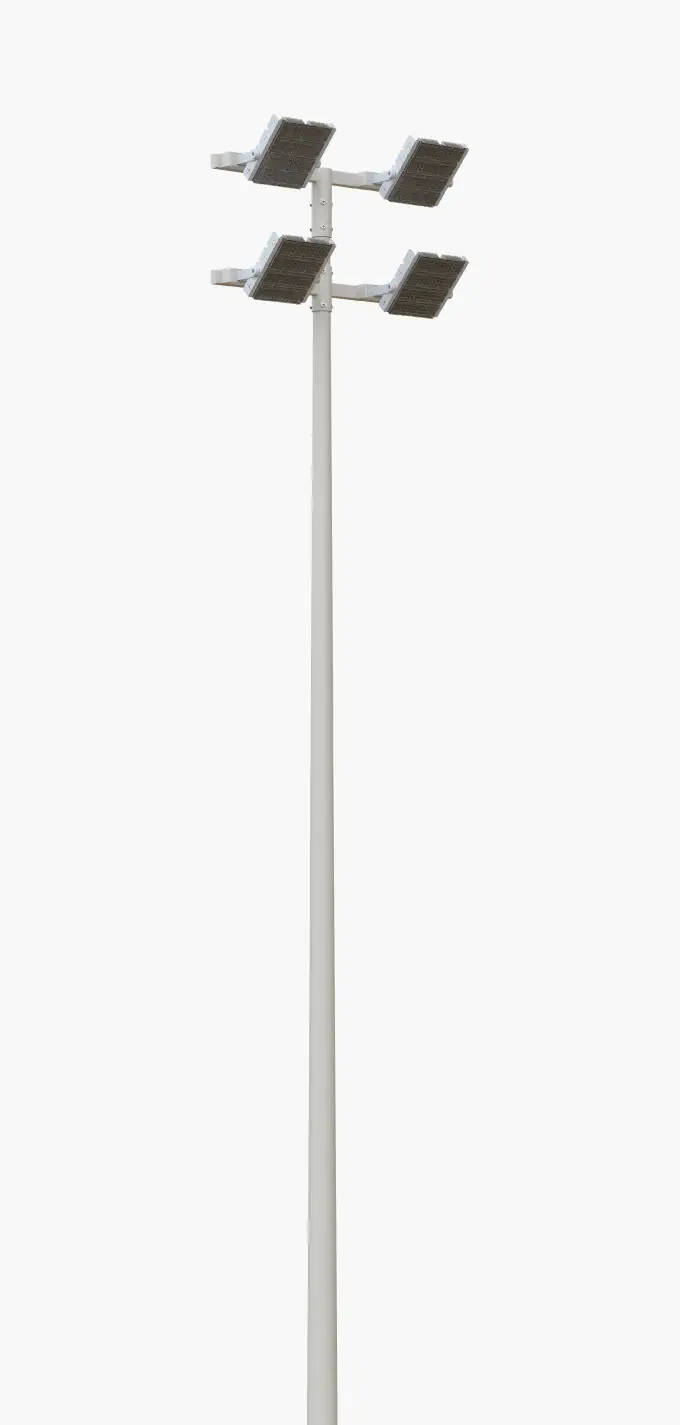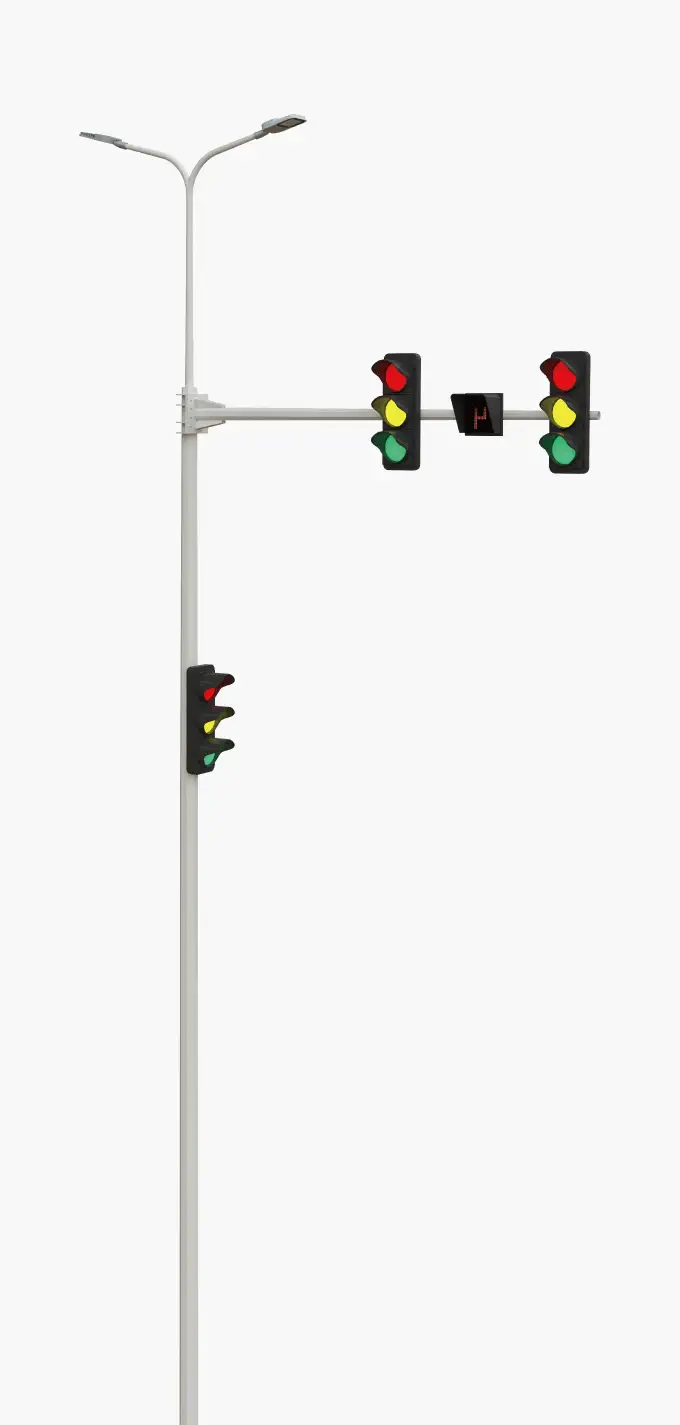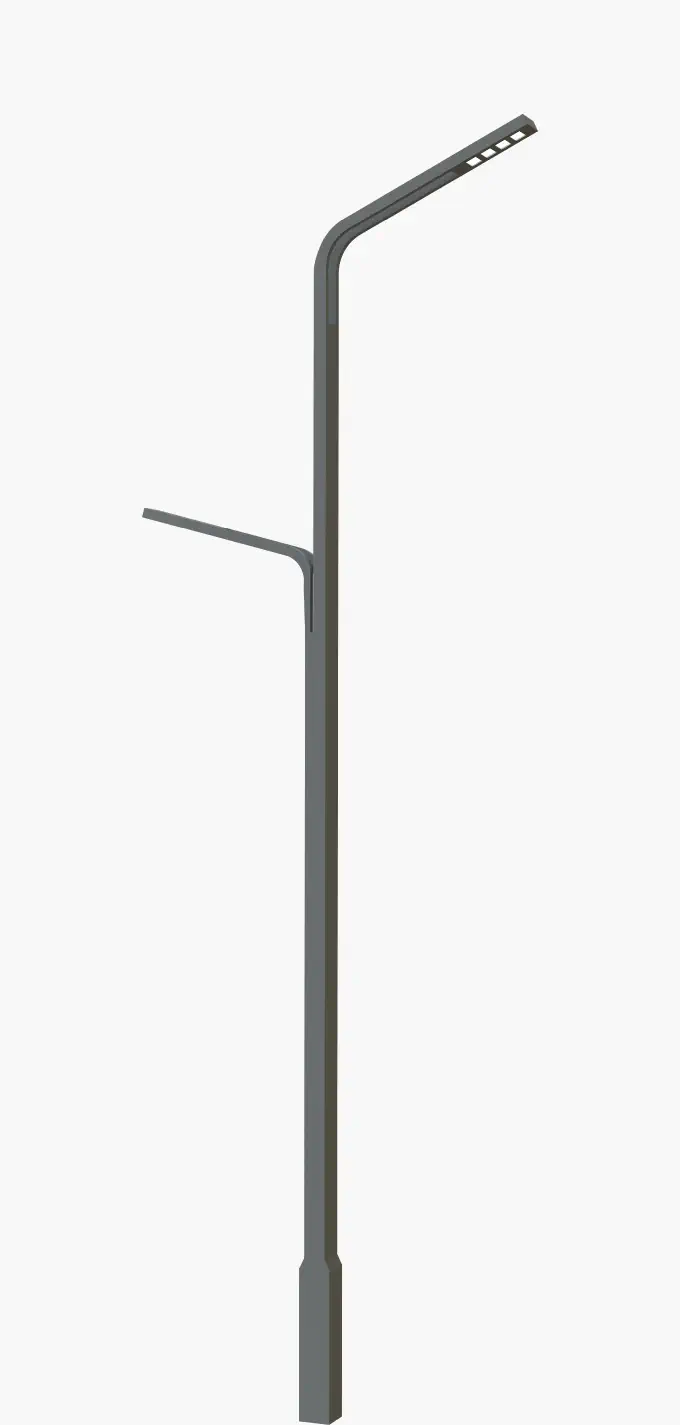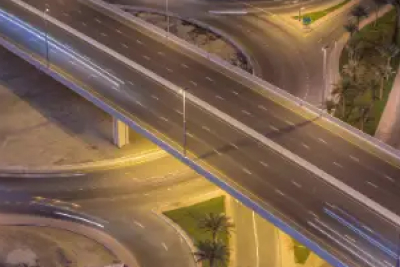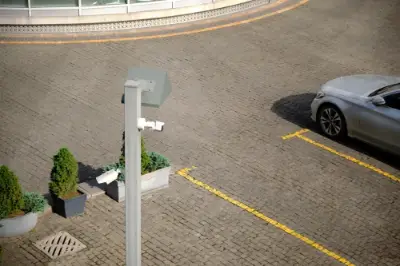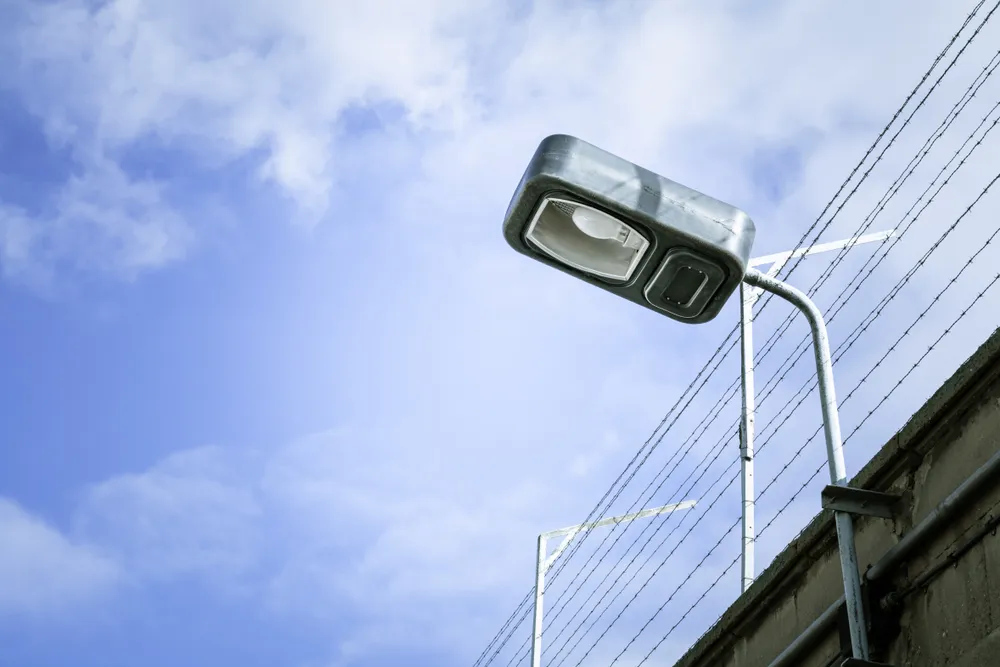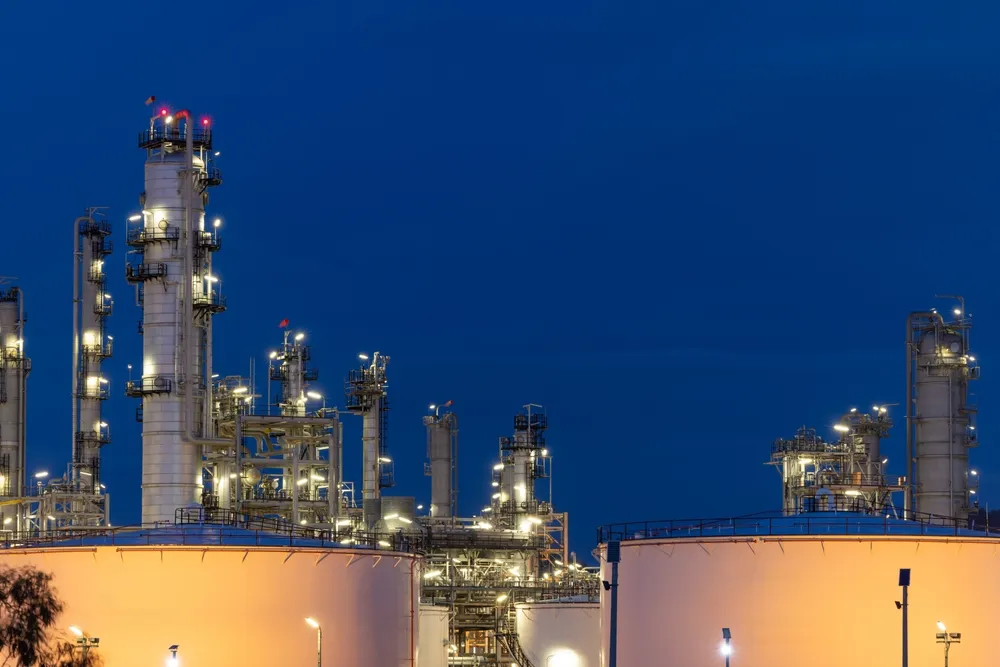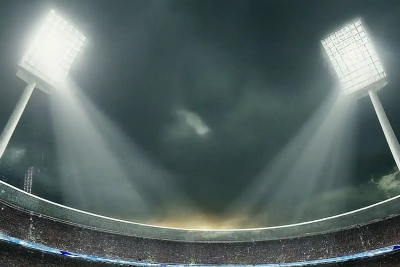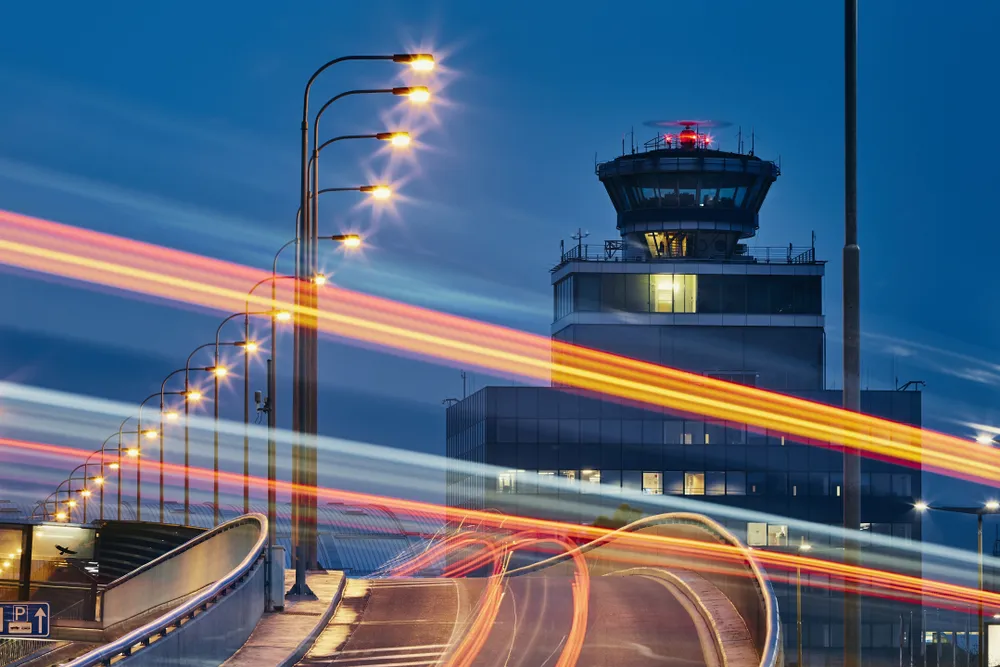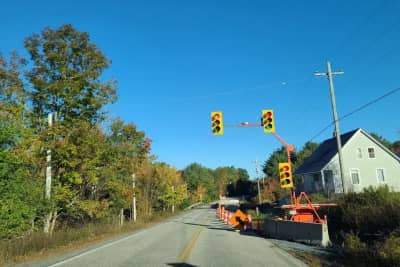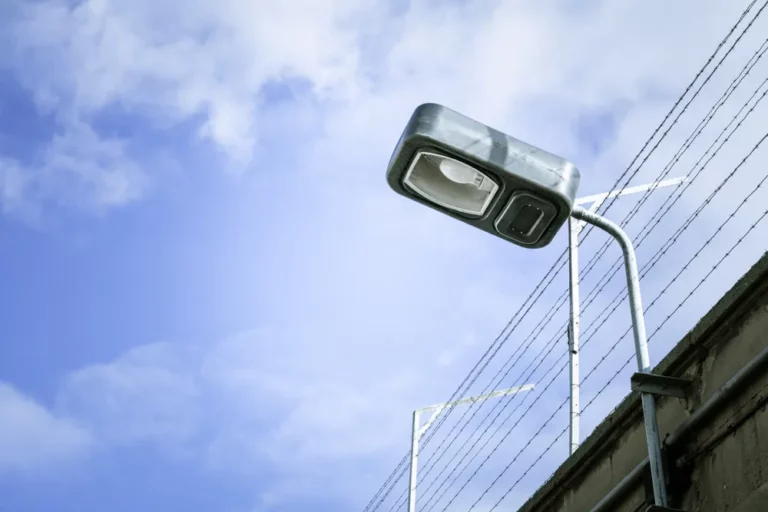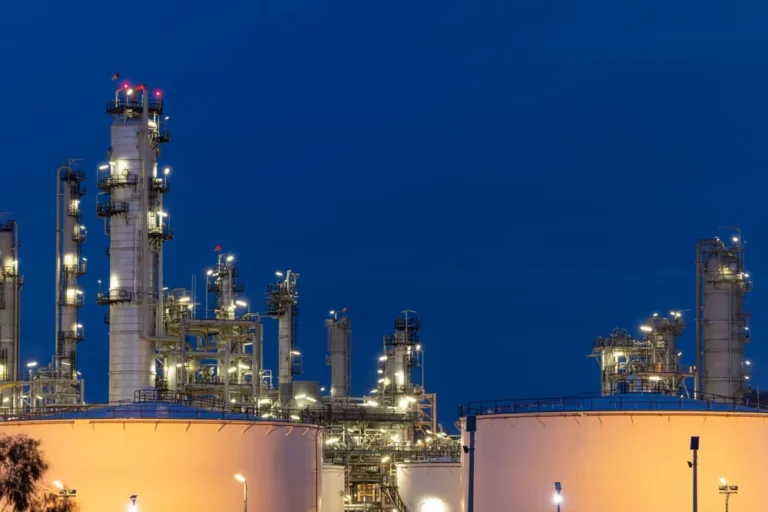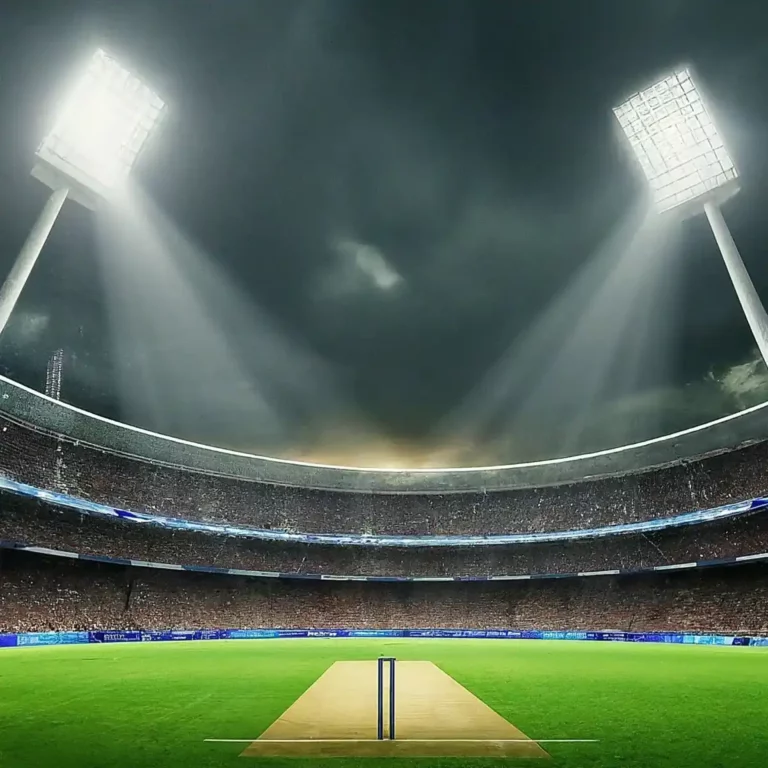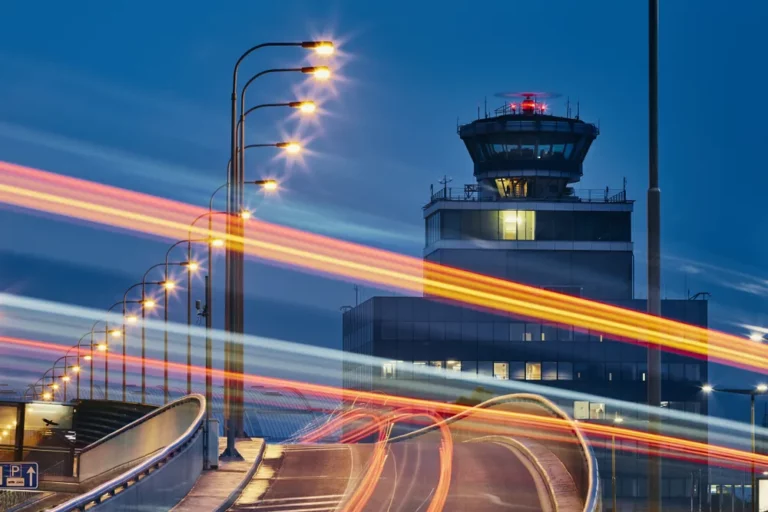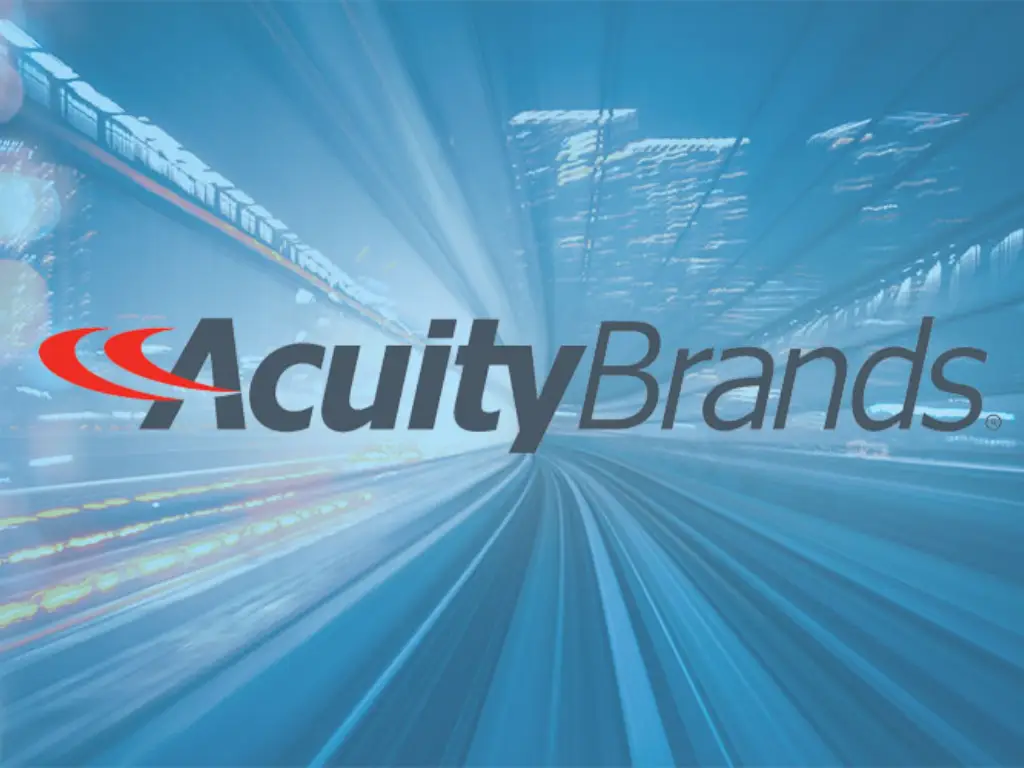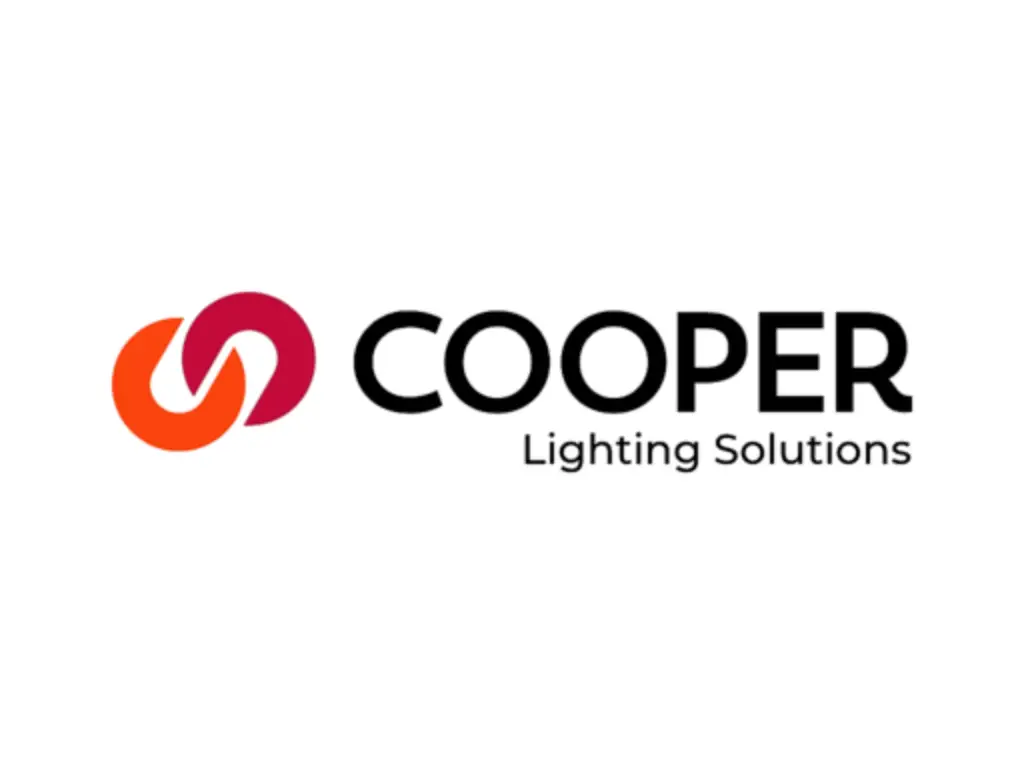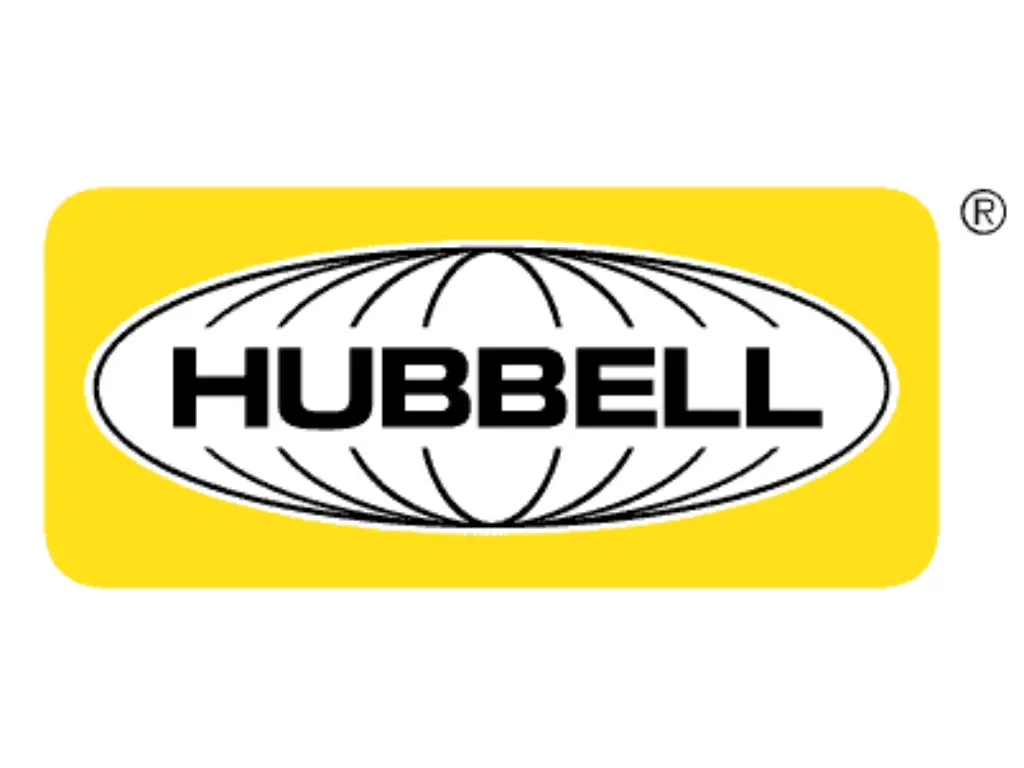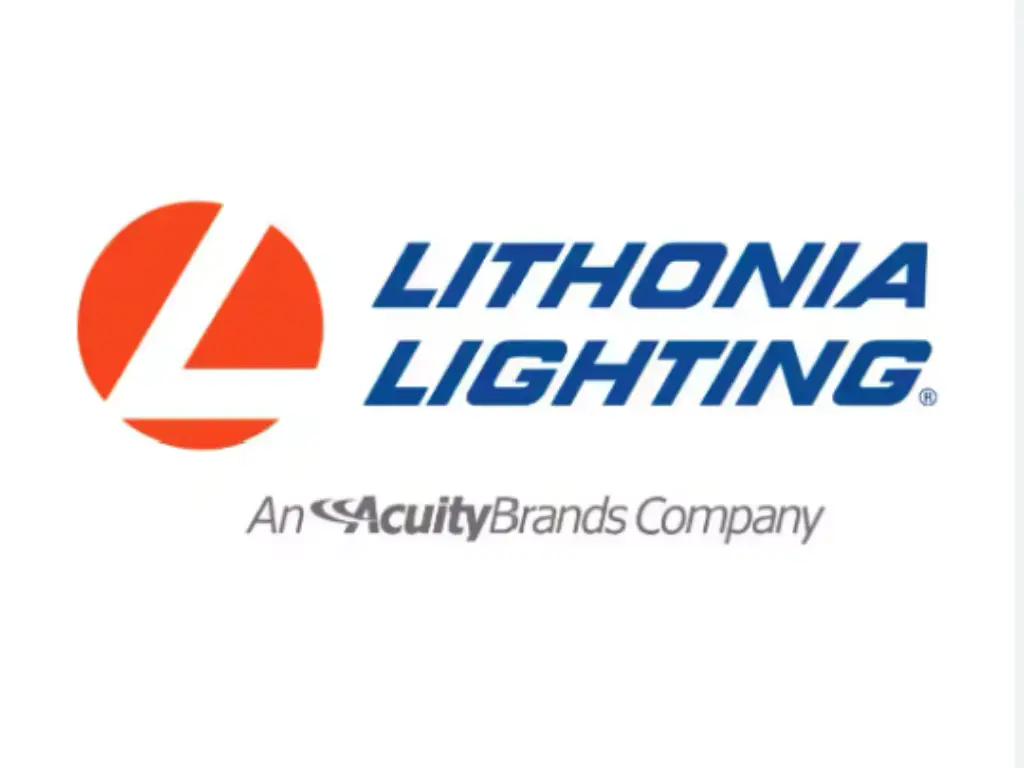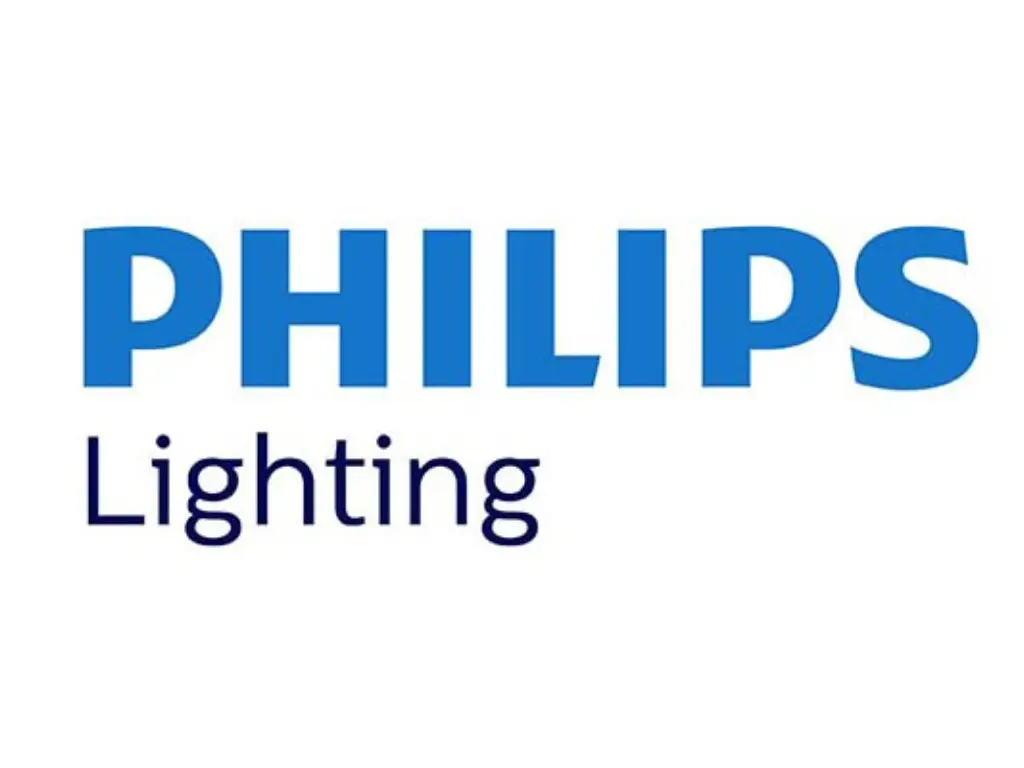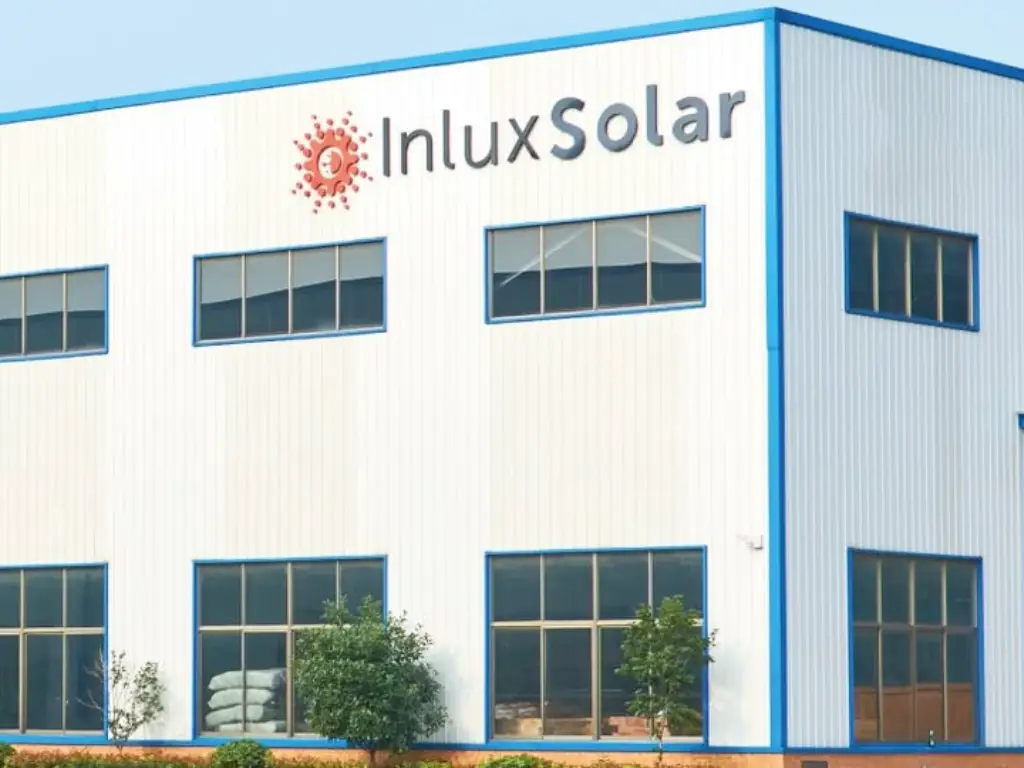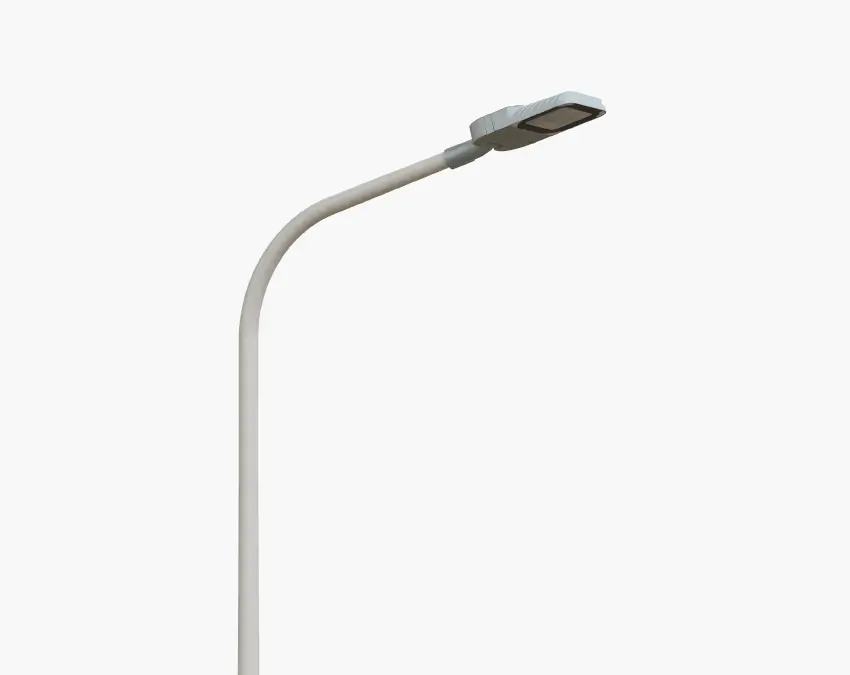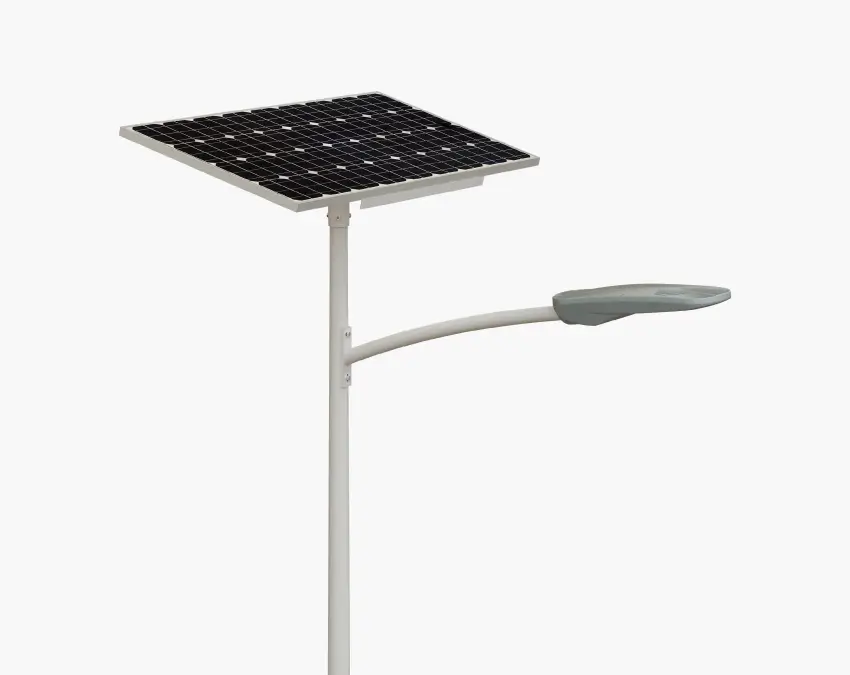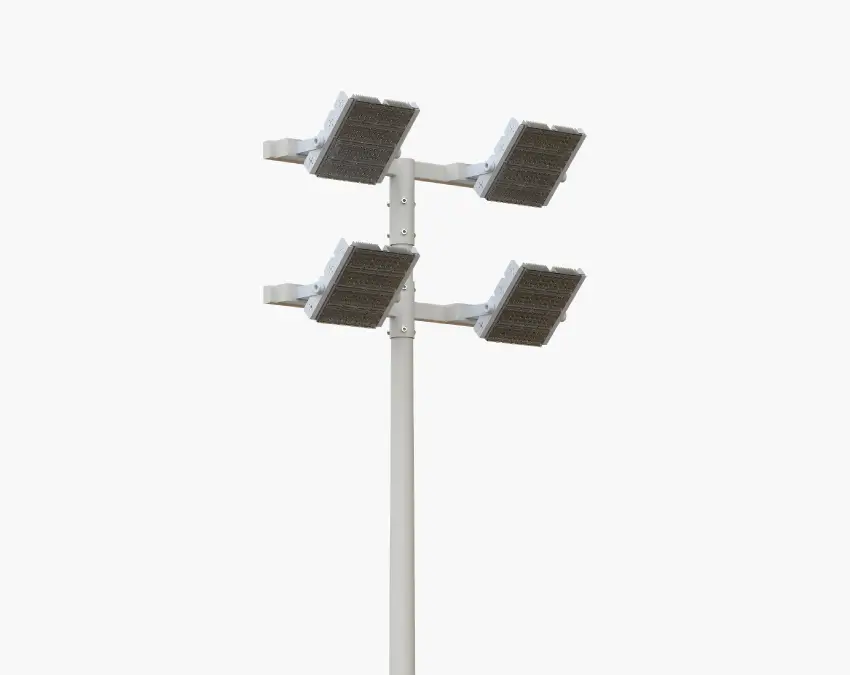Lighting in urban planning and commercial real estate serves a function that’s much more than visibility. For parking lots, usually the first and last touchpoint for customers visiting a business, institution or residential area, illumination is an equally important communicator. The quality of lighting silently expresses volumnes about safety, security, welcome, and operational effeciency. Choosing the appropriate partner – the appropriate manufacturer – to provide such an essential component warrants a decision based on experience and intuition. A guide is presented in order to assist in making that difficult decision.
Why Good Parking Lighting Matters
Having proper parking lot lights is crucial as it offers multiple advantages. At its core, strategic lighting reduces the chances of slips trips and falls, especially at night or during bad weather. Its benefits are not limited to physical safety but well-lit spaces also deter criminal acts. There is reduced risk of mischief taking place when there are bright, even lights. This enhances security by helping users feel relaxed and confident while accessing or leaving their vehicles.
Lighting affects user experience greatly. A parking lot with bright lights will always and easy to navigate compared to a badly lit one which may cause unnecessary anxiety and frustration. This affects how businesses are perceived commercially. A well-lit parking lot improves the impression people have towards a business showing that the business cares, is professional, and pays attention to details. dim lit spaces give off a feeling of neglect which may be harmful. Moreover, well-lit spaces help in meeting local ordinances, building codes, safety regulations, and eliminate legal fines.
Key Factors for Product Selection
There is an abundance of lighting possibilities which can feel overwhelming. In any given scenario, one has to begin with the considerations of illumination needs. The application type is the crux. Is it small scale as a retail parking lot, or large scale as multi-story parking garages, large corporate campus lots, or even remote industrial sites? Beyond the main parking areas, understanding specific needs for roadway lighting, including modern led roadway lighting, or distinct requirements for areas like walkways and under canopies where canopy lights are needed, is crucial. Each scenario comes with its own set of challenges as far as layout, circulation patterns, and light levels are concerned. The versatility of available lighting products is important for meeting these varied needs.
The light which is to be provided is dictated by industry literally local regulations and guides, as these are normally set in foot candles (fc) or lux (lx). Even areas within a parking lot serve different purposes that require brightness; for example, internal roadways or driving aisles normally require much more illumination than parking stalls. Knowing these requirements is essential for properly specifying appropriate fixtures and the required layout.
Area layout, especially size and shape, current infrastructure, like poles, walls, and design features that could obstruct the circulation, all will greatly dictate the kind and placement of luminaires needed to provide even illumination without creating dark zones. Finally, the environmental area is also important. Be it extreme temperatures, heavy rain, snow, high winds, dust or even corrosive coastal air, the environment is going to need to aid the fixtures. The selection of the proper long term credibility and performance needed suggestion for enduring durability rated products.
Understanding Core Lighting Specs
Understanding the technical jargon surrounding lighting is essential for informed decision-making. Key parameters include lumens, measuring visible light output (high lumen output where needed), and watt, the electrical power consumed. For energy-efficient and modern lights, the crucial metric is lpw (lumens per watt), indicating high efficiency. This ratio highlights why newer technologies offer significant savings compared to older hid or watt metal halide fixtures with lower lpw values.
Other important performance measures include CCT (color temperature), affecting the “warmth” or “coolness” of light – cool tones are often preferred for parking lots for alertness and visibility. CRI (Color Rendering Index) indicates how accurately colors are shown, improving safety and security footage with a high CRI.
For outdoor fixtures, durability is rated by IP (Ingress Protection) against dust and water, and IK (Impact Protection) against physical damage. These ratings are vital to ensure fixtures withstand environmental challenges.
Light Distribution defines the spread of light. Understanding patterns like wide distribution and specifying features like full cutoff are critical. Full cutoff is essential to minimize light pollution and glare, ensuring uniform illumination without dark zones, which is vital for safety and compliance. Common IES types like Type III and Type V serve different area layouts.
Beyond the core light output and distribution, technical specifications also include control options such as motion sensors and photocells. These features enhance energy efficiency and operational flexibility by allowing lights to adjust based on occupancy or ambient light levels. Consideration should also be given to factors like potential UV radiation, depending on the light source technology chosen.
Evaluating Manufacturer Reliability
In addition to the product specifications, the manufacturer’s reputation and capability are of equal importance. A dependable manufacturer is a partner in the project’s success and not merely a goods supplier. Check their experience and history first. How many years have they been in the business of manufacturing outdoor lighting? Can they show evidence of similar successful undertakings?
The strength of the manufacturer’s R&D department is always a good indicator of their eagerness to lead and not just follow, especially with regard to new developments in the fast-changing world of technology, like in the case of innovation in LED and solar lights. That is why effective R&D is a must. Look for such manufacturers with the prescribed certificates. They are important in helping safeguard assured quality throughout operations.
Product certifications serve as third party marks of a product’s safety and performance. In North America, UL (Underwriters Laboratories) and DLC (DesignLights Consortium) hold great importance. Particularly, DLC listing indicates that a fixture has achieved certain performance and efficiency thresholds which often makes it eligible for energy rebate programs. CE marking is of concern for the European market. A manufacturer with strong warranty policy demonstrates confidence in the product while also offering recourse in case of defects. Finally, evaluate the customer support and technical assistance offered. Are they able to assist with photometric layouts, installation guidance, and troubleshooting? Reliable support can prove invaluable throughout the project lifecycle.
Selecting a manufacturer is similar to choosing a co-pilot for a long journey; having someone reliable makes the trip smoother.
Leading Brands for Parking Lighting
Identifying potential manufacturers is a key step. Below is a table providing basic information on several prominent brands known for their outdoor and parking lighting solutions. Note that price ranges are relative and can vary significantly based on product specifications and project scale.
| Brand Name | Main Business Focus | Key Advantages (Outdoor/Parking) | Headquarters | Target Customers |
| Acuity Brands | Broad Lighting & Building Management | Wide product range, strong market presence, integrated solutions | Atlanta, GA, USA | Commercial, Industrial, Institutional, Municipal |
| Cooper Lighting Solutions | Professional Indoor & Outdoor Lighting | Diverse portfolio, established distribution, part of global leader | Peachtree City, GA, USA | Commercial, Industrial, Distributors, End-users |
| Hubbell Lighting | Electrical & Lighting Products | Robust construction, wide application range, strong utility ties | Greenville, SC, USA | Commercial, Industrial, Utility, Distributors |
| Lithonia Lighting | Broad Range Lighting Solutions | Value-oriented, extensive selection, widely available | Conyers, GA, USA | Commercial, Industrial, Residential, Distributors |
| Philips (Signify) | Global Lighting Products & Systems | Innovation leader (LED, Smart), global reach, strong brand | Eindhoven, NL | Global Markets, Professional, Consumer, Municipal |
| Inluxsolar | High-Performance Solar Outdoor Lighting | Solar specialization, high-quality materials, low failure rate, customization, dedicated support | Jiangsu,China | Municipal, UN/NGO, Commercial Projects, Global |
In addition to the basic information above, understanding the types of parking lot lighting products offered by these manufacturers is crucial. While their full catalogs are extensive, here’s a brief look at their typical offerings relevant to parking area illumination:
Acuity Brands
Acuity Brands incorporates an assortment of LED sites and area lighting from brands like Lithonia Lighting, Holophane, Peerless, etc. Their product range incorporates high bay area lights, flood lights, wall packs, and garage lighting which are performance driven, durable, easy to maintain, and integrate with automated control systems. They have a range of solutions serving multiple levels of parking facilities, from retail use to large infrastructure projects.
Cooper Lighting Solutions
From Signify, Cooper Lighting Solutions offers robust LED area lights, flood lights, and wall mounted fixtures for lighting up parking lots and surrounding areas. Their outdoor range includes McGraw-Edison and Lumark which are well known for their outdoor lighting products due to their rugged construction, light emission efficiency, and control integration design to save energy and increase functionality.
Hubbell Lighting
Hubbell Lighting specializes in heavy duty outdoor LED lighting fixtures that are designed to perform and last in harsh environments. Their range includes many styles of area lights, flood lights, and bollards which offer strong construction and reliable performance as well as compliance with outdoor lighting regulations. These products are targeted towards commercial, industrial, and utility sector parking facilities.
Lithonia Lighting
Lithonia Lighting brings comfort to the users as it is part of Acuity Brands which is a trusted company, and they also offer affordable LED outdoor lighting. Their products include LED area lights, flood lights, and wall packs which can be relied on easily for general parking lot lighting in both commercial and residential buildings. They have been known to offer products with a reasonable price and good quality for quite some time.
Philips (Signify)
Signify and its other extramarks like Philips brand provide thoughtful solutions in LED used in outdoor lighting for modern parking lots. Many of their products are made using sophisticated components based on LED, and they have advanced even to constraints on light spillage, along with connection capabilities for smart city and smart parking systems. They offer stylized and cost-saving lights ranging from public to commercial spaces outdoors including parking spaces.
Inluxsolar
As a leader in providing solar-powered LED lighting for outdoors, Inluxsolar specializes in the solar lighting of parking lots. Their systems are all-in-one units that include solar panels, advanced batteries (LiFePO4), LED luminaires, and smart controllers. They design and manufacture bespoke solar lighting to achieve energy autonomy, ease of installation (no digging required), and long lasting quality materials and reliability, all while utilizing renewable energy.
The top manufacturers for parking lot lighting will install perimeter lighting for security features. Your project’s restrictions and expectations will determine whether you want conventional grid-connected options or more progressive solar select options. This innovative overview narrows down the best parking lot illumination products available.
Total Cost and ROI Analysis
In analyzing the economics of a project for illuminating parking lot lighting, the core estimate cannot simply be the price to purchase fixtures. Also consider the initial payment for the fixtures and poles, the pricier payment for installation which uses trenches and wiring, ongoing operation payment enacted by electricity consumption, and maintenance payments which includes cleaning, repairs, and replacement. The ALL estimate is more holistic than traditional unbased estimates.
Although older lighting technologies such as High-Pressure Sodium (HPS) or Metal Halide (MH) fixtures have lower initial costs, their energy consumption and frequent maintenance requirements can make them costly over time. Operational and maintenance expenses add up during the lifespan of the equipment. Monitoring and replacing bulbs frequently is one of the main costs incurred when using traditional lighting systems. LED lighting technology is a lot less maintenance heavily relied upon than HPS and MH fixtures. Even though the price of LED fixtures is higher initially, they have a longer lifespan and reduced energy consumption that saves money in the long haul. These savings result in a compelling Return on Investment (ROI) and energy savings often recoup the initial premium within a few years. LED lighting is like a marathon runner; although it might start slower in terms of upfront cost, it saves in the long run.
Solar parking lot lights present a new approach towards cost structure. Costs are higher for solar parking lot lighting than for conventional grid-tied LED systems because of the added solar panel, battery, and charge controller. This is offset by virtually zero operational cost associated with electricity usage. Solar lights also have lower installation costs, as there is less trenching and electrical grid work required, saving time and material costs. Maintenance primarily consisting of periodic solar panel cleaning is minimal. Consider the savings on electricity consumption along with avoidance of expensive grid work over time, boosting ROI in areas with high electricity prices or difficult trenching topography.
Exploring Innovative Solar Options
Over the years, solar technology has greatly advanced. This advancement had added value to solar lighting, for instance the solar parking lot light, which is now more powerful and useful for areas like parking lots. Solar lighting now has a wide range of uses. Solar lighting also offers ease of installation and sustainability, making it perfect for self-sufficient projects.
Having lighter solar powered lighting illustrates a positive impact on the environment. The use of solar energy also reduces dependency on fuel sources and cuts down the carbon footprint. Solar lights are not connected to any power grid. This means they can be installed virtually anywhere without worrying about power lines. Every inch of proximity translates to less digging, placing cables, and time spent wiring, which is extremely useful when trying to install in existing parking spaces or rough terrains. There is also no need for complicated permits for road tied systems, allowing easier setups in remote or temporary parking locations. These installations have greatly reduced the expenses associated with electricity.
Modern solar lighting gets the job done far better than the earlier iterations. This is possible due to the advancements made to meet commercial requirements. The development of solar technology, especially with the use of Lithium Iron Phosphate (LiFePO4) batteries, nowadays offers dependable power even during cloudy weather with multiple operational days stored. The charging capability of modern solar panels has also greatly improved. In addition, advanced intelligent controls further optimize energy consumption by managing inflow and outflow to capture more energy. Action based sensors also adjust brightness to ensure illumination only when required, which optimizes changeable energy use. The overall quality solar system design guarantees dependability surpassing the standard set by other traditional lighting systems.
Inluxsolar exemplifies industry leadership by harnessing new technological developments for their high-performance solar parking lot lighting. As a provider of comprehensive solar and outdoor lighting systems, they have mastered parking lot environments due to a well-equipped R&D team with extensive industry experience. These engineers enable the company to offer true custom outsource solar light solutions where systems are designed to project specifications instead of relying on preexisting templates. The company’s commitment to quality is reflected in their use of grade materials such as solar cells and LiFePO4 batteries, which, alongside the company’s other components, produces a lifetime failure rate of below 0.5%.
Inluxsolar stands out for product quality by efficient servicing, including fast delivery and critical lifecycle services with global coverage, all secured by a leading 3-5 year warranty. They also offer specialized technical support for distinct client groups such as municipal, UN, or commercial projects. There is immense practicality in choosing solar with the support of an advanced Inlux solar R&D team, as proven quality coupled with reliable guidance transforms project execution from relying on conventional power grids into a sustainable lighting energy future with straightforward efficiency.Choosing this type of partner is akin to planting a seed; the seed will grow into a self-sufficient, dependable light for many years to come.
Installation and Maintenance Tips
Every type of lighting fixture, regardless of its sophistication, needs careful installation and regular maintenance if it is to serve its purpose and live out its intended lifespan. A detailed site survey determines the positions of the proposed poles or wall mounts and the light levels they provide. It also considers possible obstructions as well as utilities located underground. For grid-tied systems, this means planning the trenching and wiring paths. Pole selection and installation also include soil conditions and wind loads to maintain the required level of structural integrity.
Different installation methods – pole-mount for area lighting, wall-mount for perimeter or adjacent to the building areas, and suspended for closed parking areas – each come with their own approach with respect to mounting hardware, aiming, and structural support. Fitting electrical safety codes is equally important.
For solar lighting systems, installation tends to be easier because extensive trenching is not required. The tilt and orientation of the solar panel are critical for energy harvesting throughout the year. The panel must also be free from shading.
Even though solar lighting and LED lights significantly reduce maintenance as compared to traditional systems, some maintenance is still needed. Regular cleaning of the light fixtures, especially the lenses, helps to provide optimal light output . For solar systems, dust, dirt, snow, or other debris must be removed from the solar panels to ensure efficient charging. Routine inspection of the electrical connections and wiring (for grid-tied systems) is advised. For solar systems, monitoring the batteries (which is often handled by the charge controller) and inspecting the panel or fixture for any physical damage is equally important. Diagnosing common problems such as flickering lights (which are frequently caused by electrical connections or the driver) or dimming (possibility of power supply or control issues) requires some electrical knowledge or a qualified electrician. One of the main appeals of solar and LED systems is their low maintenance, but like anything, a little attention goes a long way in ensuring prolonged lifespan.
Making Your Final Choice
Issuing the best parking lot lighting manufacturers to consider your final choice that meets all project specifications, limitations, and future objectives is essential. Start with clearly defining your own project requirements, such as desired illumination intensity, coverage area, environmental factors, and aesthetics.
With this information at hand, explore the product’s technical specifications, checking lumens, efficiency, color features, and protection ratings. Additionally, perform a thorough background check on all manufacturers, checking their reputations, experience, QC, certifications, warranty terms, and support capabilities. Gather detailed quotes and comparisons that do not only charge the product fee but installation expenses, long term operable maintenance savings.
Do not shy away from receiving photometric studies from manufacturers. These simulations show how a proposed lighting arrangement will function on your site regarding light levels and uniformity. If feasible, consider sample requests or project site visits where the manufacturers’ products are showcased.
The decision to choose between a classic grid-tied LED or modern solar possibilities requires a deeper analysis of the specific site conditions, finances, sustainability objectives and how much energy independence does one requires. A mix of both could even be the optimal solution for some projects.
Tracing back to the beginning, the ideal decision stems from a comprehensive understanding of how the project needs align with the capabilities of the selected manufacturer with respect to the technology they offer. In case the intricacy of the options seems too much to handle, acquiring the services of a professional lighting consultant can be worth the financial commitment. Such specialists can offer independent professional guidance, assist in photometric design, and walk you through the selection process so that your parking lot lighting project becomes a success, providing a bright and welcoming illumination for many years. This illumination goes beyond simply illuminating a space; it bolsters investment towards safety, security, and the overall impression of the property. All these factors mark a decision that can only be deemed wise.”
